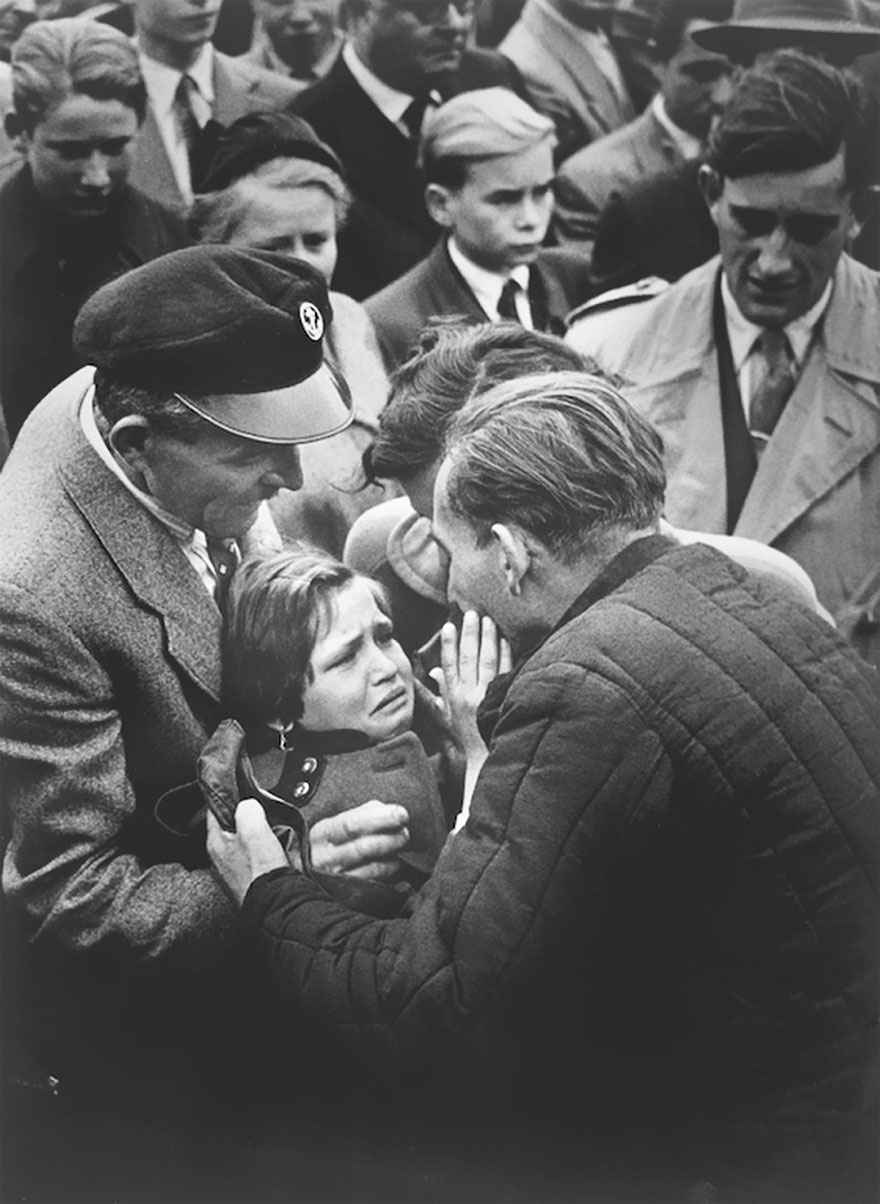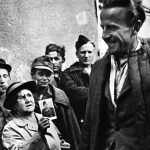Photographs are like time capsules, capturing and preserving our memorable moments from the past. While iconic images like the moon landing or the fall of the Berlin Wall are etched into our memory, countless other fascinating snapshots lie hidden in archives.
These rare photos not only provide a fresh perspective on familiar events but also reveal stories long forgotten. Let’s explore some of the most intriguing historical pictures you have probably never seen.
#1. Studio portrait of Hattie Tom, a young Chiricahua Apache woman, photographed in Omaha, 1898

The picture is a studio portrait of Hattie Tom, a young Chiricahua Apache woman. She was photographed at the U.S. Indian Congress held during the Trans-Mississippi and International Exposition in Omaha, Nebraska, in 1898.
The Indian Congress took place from August 4 to October 31, 1898, in Omaha, in conjunction with the Trans-Mississippi International Exposition. This event occurred within a decade of the end of the Indian Wars and was the largest gathering of American Indian tribes up to that date.
Over 500 members from 35 different tribes attended, including the Apache chief Geronimo, who was held as a United States prisoner of war at Fort Sill.
The purpose of the Indian Congress was to showcase the lifestyles, native industries, and cultural traits of as many American Indian tribes as possible.
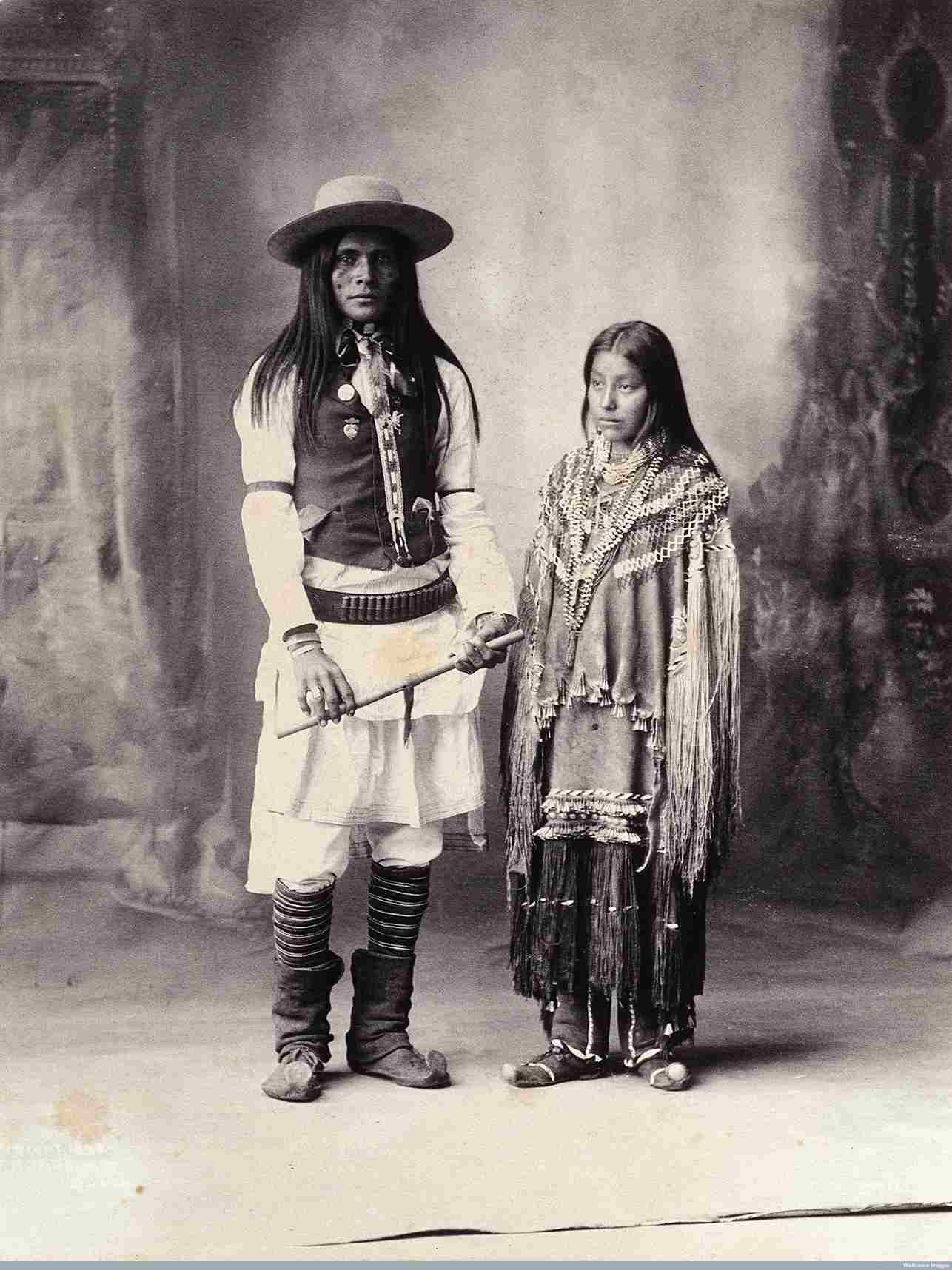
Frank A. Rinehart’s photographs of the participants are considered some of the best visual records of American Indian leaders from the early 20th century.
Hattie Tom, whose real name was Hettie Tom (Eneh), was a Chiricahua Apache. She was the daughter of Chiricahua Tom and his first wife, Coshey (Kose’).
Born in 1886, Hattie Tom died of smallpox in 1901, along with her husband Clement Nahgodleda, a student at the Carlisle Indian School. Hattie was a prisoner of war from birth. At the time the photo was captured, she was 13 years old.
#2. A lady from the Ouled Naïl tribe in Algeria, photographed by Rudolf Lehnert in 1904
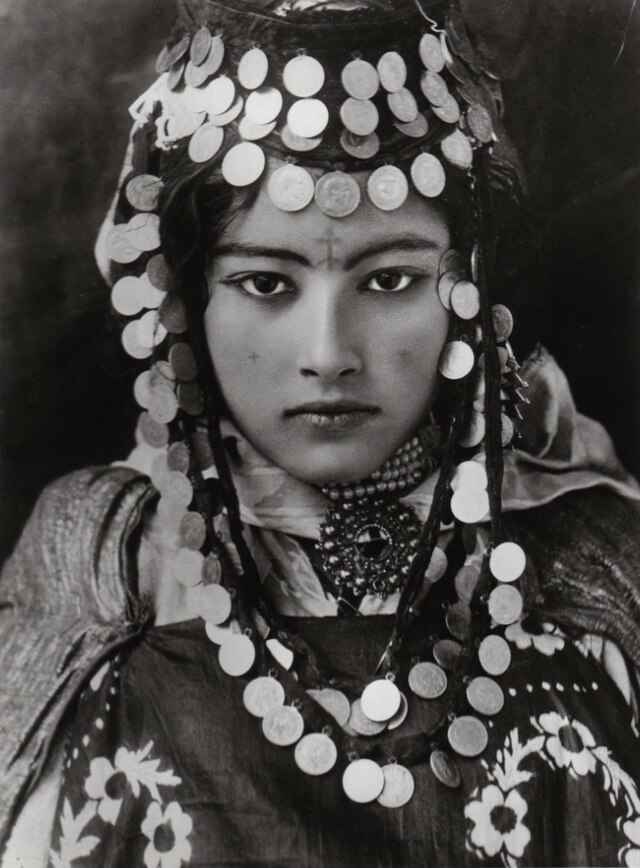
This portrait features a young woman from the Ouled Nail tribe in Algeria, photographed in 1904 by Rudolf Lehnert.
The photographer Rudolf Lehnert (1878-1948) and the businessman and photographer Ernst Landrock (1878-1966) established the photographic publishing company “Lehnert & Landrock” in 1904 in Tunis.
They produced extensive works documenting the daily lives of indigenous peoples, native women from various tribes, as well as the architecture and landscapes of North Africa in the early 20th century. Their photographs are valuable historical and visual archives of that era.
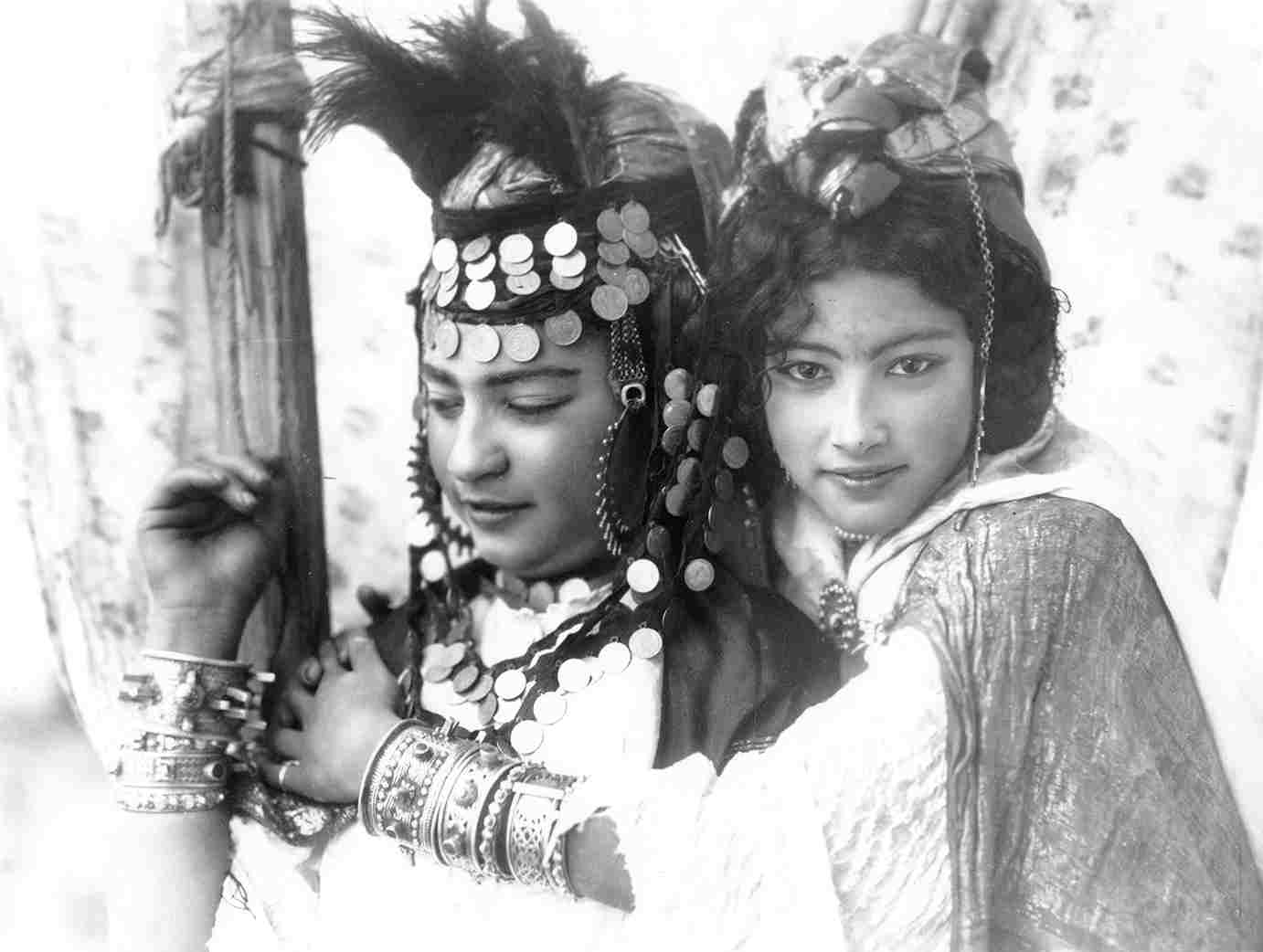
Regarding the tattoo on the young woman’s forehead, the Ouled Nail tribe is not originally Berber but Arab, specifically nomadic Banu Hilal from Hejaz (Arabia), who migrated to North Africa between the 10th and 12th centuries.
The tattoo on the young woman is not a cross but the Berber letter ⵣ. This symbol is significant to all Berber tribes of North Africa, representing their affiliation with the Amazigh people and culture.
The exact time when the Ouled Nail, of Arab Banu Hilal origin, began adopting Berber symbols and traditions is unclear.
Over time, the Banu Hilal blended into the local populations and came under the rule of different Berber dynasties that controlled North Africa. Today, the descendants of the Ouled Nail are entirely Algerian and proud of their heritage.
#3. Otto Frank in the Secret Annex attic on the opening day of the Anne Frank House, May 3, 1960
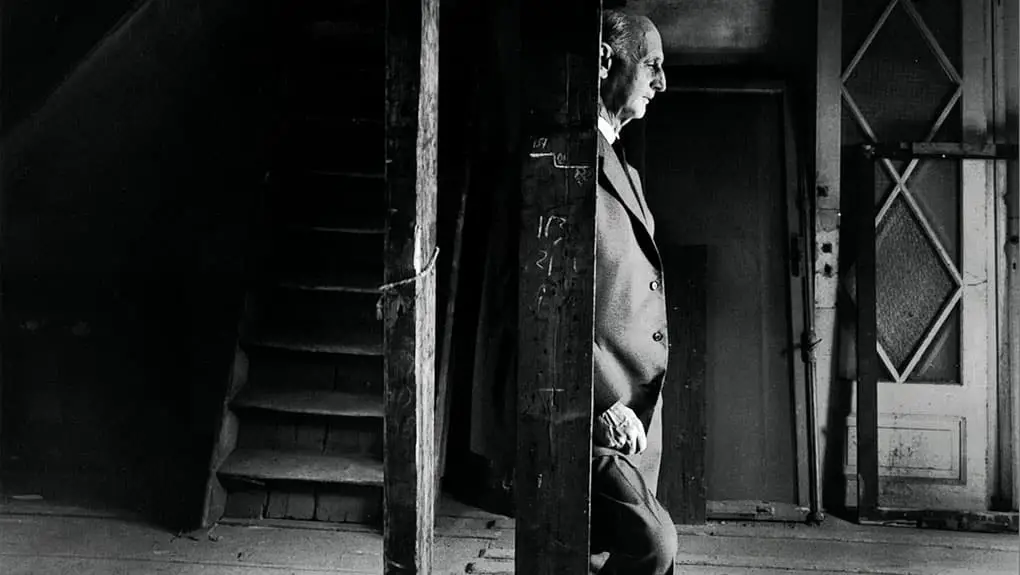
The famous picture taken on May 3, 1960, shows Otto Frank standing in the annex where he and his family hid during World War II. Otto Frank, Anne Frank’s father, was the only member of the Frank family to survive the war.
During the war, the Frank family and four others hid in a secret annex behind Otto Frank’s business in Amsterdam to avoid the Nazis’ persecution of Jews. They stayed there from July 1942 until August 4, 1944, when the Gestapo found and arrested them.
The photograph shows him revisiting the place where his family lived in hiding and where his daughter Anne wrote her famous diary. This image stands as a powerful reminder of the past and the horrors of the Holocaust.
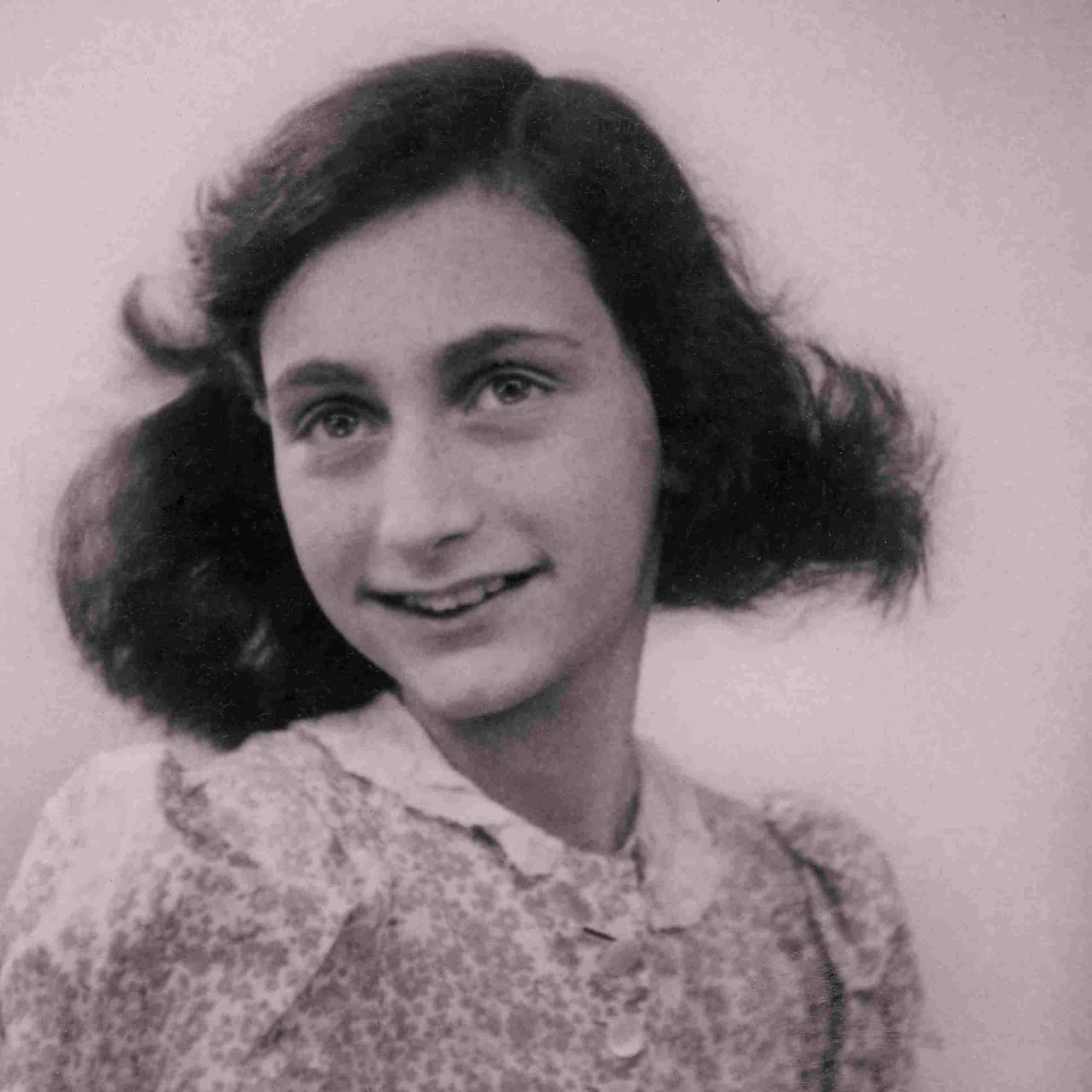
Otto believed young people needed to understand the importance of contributing to a better world. He answered thousands of letters from readers of Anne’s diary, often ending with, “I hope that Anne’s book will have an effect on the rest of your life so that insofar as it is possible in your own circumstances, you will work for unity and peace.”
In 1970, he stated, “We cannot change what happened anymore. The only thing we can do is to learn from the past and to realize what discrimination and persecution of innocent people mean.”
Otto founded the Anne Frank House organization in 1957 and opened the hiding place to the public in 1960. In a 1979 interview, he explained the organization’s mission: to raise awareness of the Holocaust and fight discrimination, prejudice, and oppression.
In a 1976 letter, Otto emphasized that he wanted visitors to the Anne Frank House to be inspired to take action against prejudice and discrimination, not just reflect on the sorrow of the Holocaust.
#4. Oldrieve’s New Tricycle, photographed by Chas. W. Oldrieve in 1882

The photograph taken by Charles W. Oldrieve in 1882, shows an unusual tricycle with a giant wheel and intricate spokes. Oldrieve, the photographer, was also likely the designer. This tricycle, called “the New Iron Horse,” was patented in 1881.
The tricycle has a large wheel because, at that time, bicycles and tricycles did not have chain drives. The pedals were connected directly to the wheel, so one turn of the pedals meant one turn of the wheel. A bigger wheel meant the vehicle could go faster.
In the late 19th century, tricycles were an important part of the cycling boom, offering a more stable and accessible alternative to the popular but often dangerous high-wheel bicycles (penny-farthings).
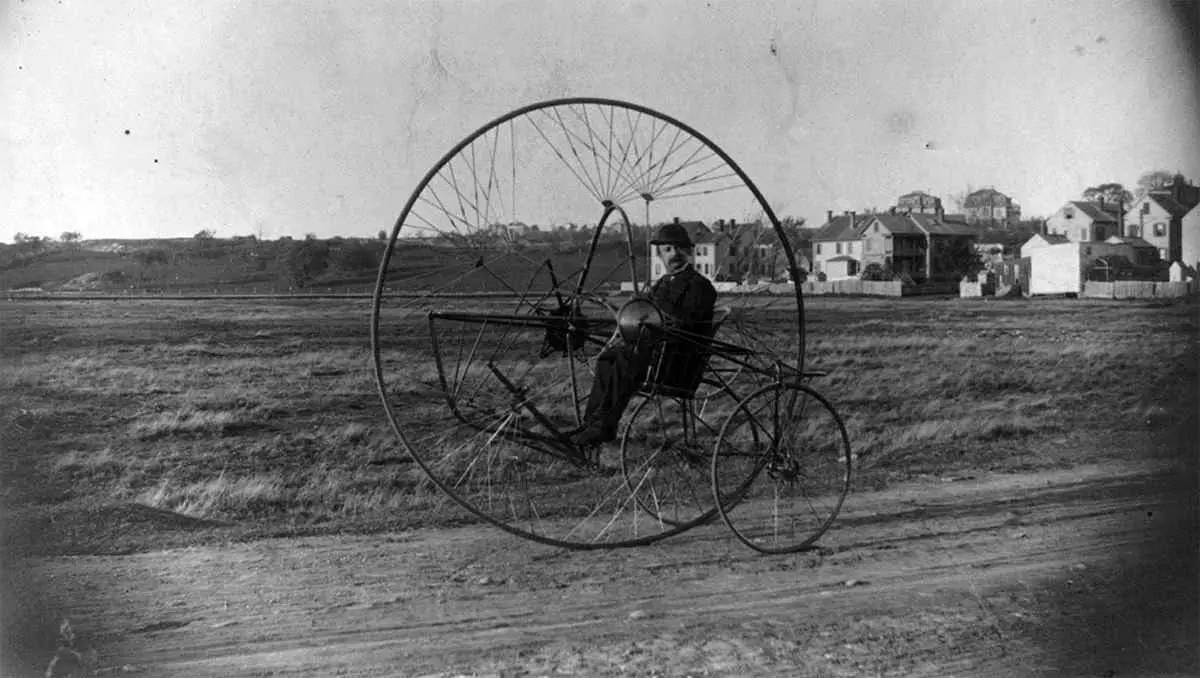
Tricycles were particularly favored by women, older adults, and those who preferred a safer, more comfortable ride.
The design improvements and innovations of tricycles, like the one in Oldriev’s photo, contributed to the widespread adoption of cycling for recreation and transportation.
This fascinating tricycle is part of the history of cycling, showing the creative solutions inventors used before modern bicycles were developed.
#5. Lucille Ball, once called the greatest pair of legs on Broadway, in a 1930s publicity still as a blonde
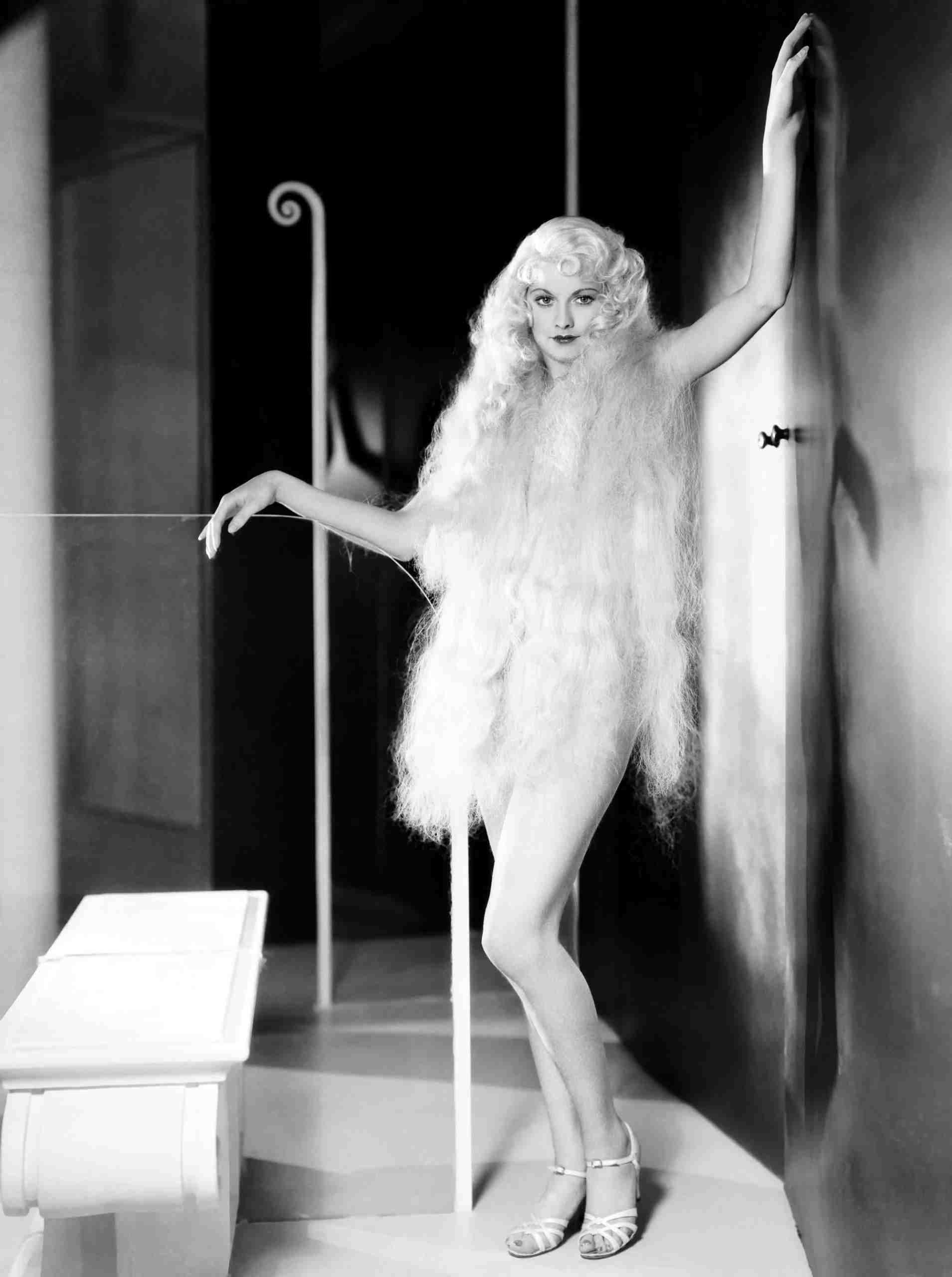
The photo captures Lucille Ball, who was once celebrated for her legs on Broadway, in a publicity still from the 1930s when she was a blonde. This was years before she became known as the red-headed comedienne we recognize today.
Taken on the set of the 1933 Pre-Code Eddie Cantor movie musical “Roman Scandals,” Ball was initially just an extra, appearing for only a few seconds. She later revealed that she wore a g-string, with the wig covering the rest of her body.

Lucille Ball, known for her iconic roles in television, began her career with radio work in 1938 on “The Wonder Show” alongside Jack Haley. Her breakthrough came with the film “Stage Door” in 1937, showcasing her comedic talent.
Ball starred in numerous films and radio shows, including “Good News,” sponsored by Maxwell House and produced by MGM.
In December 1939, while promoting “Five Came Back” in New York, Ball was introduced to the Broadway musical “Too Many Girls,” where she met the young Cuban star, Desi Arnaz, sparking a significant chapter in her personal life.
#6. Two Kashmir giants posing with the American photographer James Ricalton, 1903
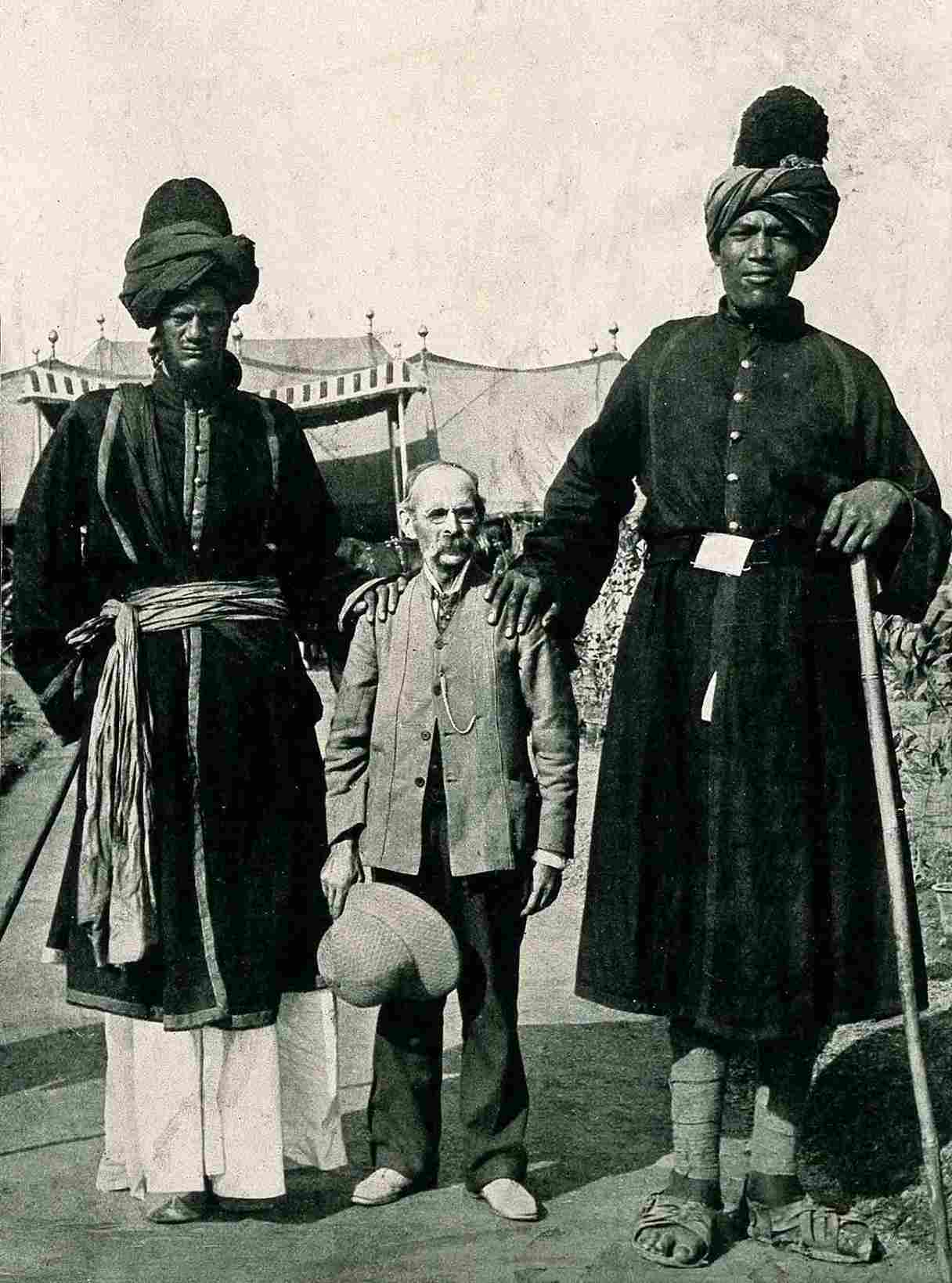
A long time ago, in 1903, there was a grand event called the Delhi Durbar in India. It was a big ceremony to celebrate King Edward VII becoming the Emperor of India. The Viceroy of India, Lord Curzon, organized the event because the King couldn’t come to India himself.
During the Durbar, there were two very tall men from Kashmir. They were brothers and were unbelievably tall – one was 7 feet 9 inches and the other was 7 feet 4 inches! Everyone was amazed by how tall they were.
These giant brothers were there to protect the King of Jammu and Kashmir. They were armed with weapons like spears and hand grenades, ready to defend their king if needed.
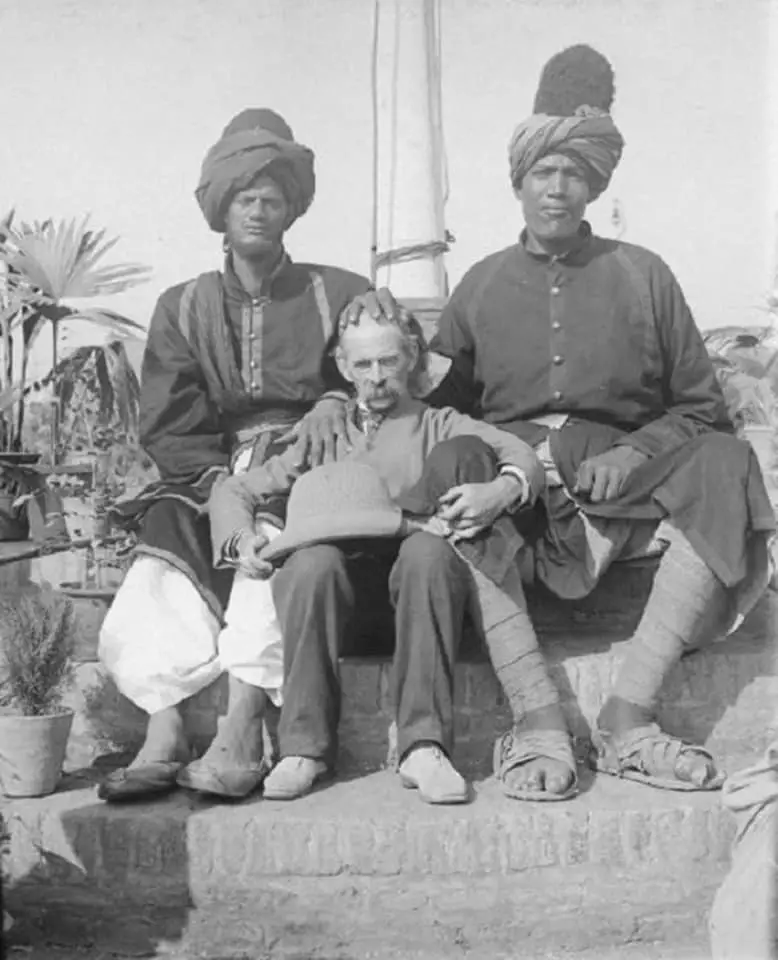
People from all over the world, like journalists and photographers, came to see these giants. James Ricalton was especially interested in them. He took lots of pictures of the giants, showing how tall they were compared to other people.
The pictures of the Kashmir giants became very famous. They showed how incredible and diverse people can be. Even after the Delhi Durbar ended, the story of these giants continued to amaze and inspire people for years to come.
#7. A Soviet light bath for children to get enough vitamin D during long winters without much sunlight

In the 1980s, in the Soviet Union, something special happened in healthcare: they started using UV lamps to help kids stay healthy during cold winters. These lamps were like sunlight, making Vitamin D to keep bones strong.
In winter, there wasn’t enough sunlight for kids, which made it hard for them to get enough Vitamin D. This vitamin is super important for growing bones and staying healthy. So, doctors came up with the idea of UV lamp “light baths” to give kids the Vitamin D they needed.
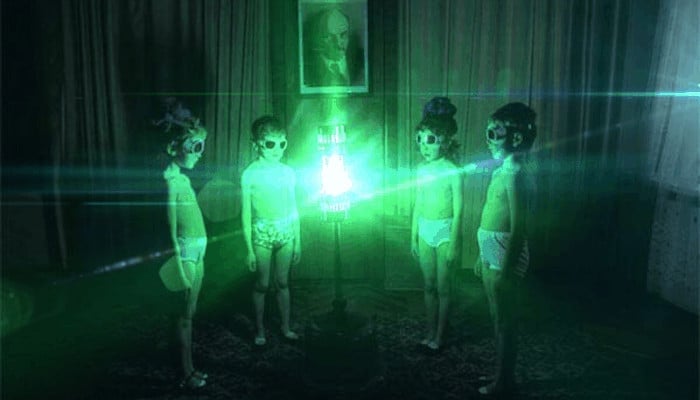
These light baths were different from usual treatments. They used technology to make up for the lack of sunlight and help kids stay healthy during dark, cold months. Doctors kept a close eye on everything to make sure it was safe and worked well.
But it wasn’t just about health. Using UV lamps, “light baths,” showed how much the government cared about kids’ health, which was really important in the Soviet Union. Families and doctors liked the idea because it meant keeping kids safe and strong.
#8. Vulcana – The Muscular Beauty, c. 1900
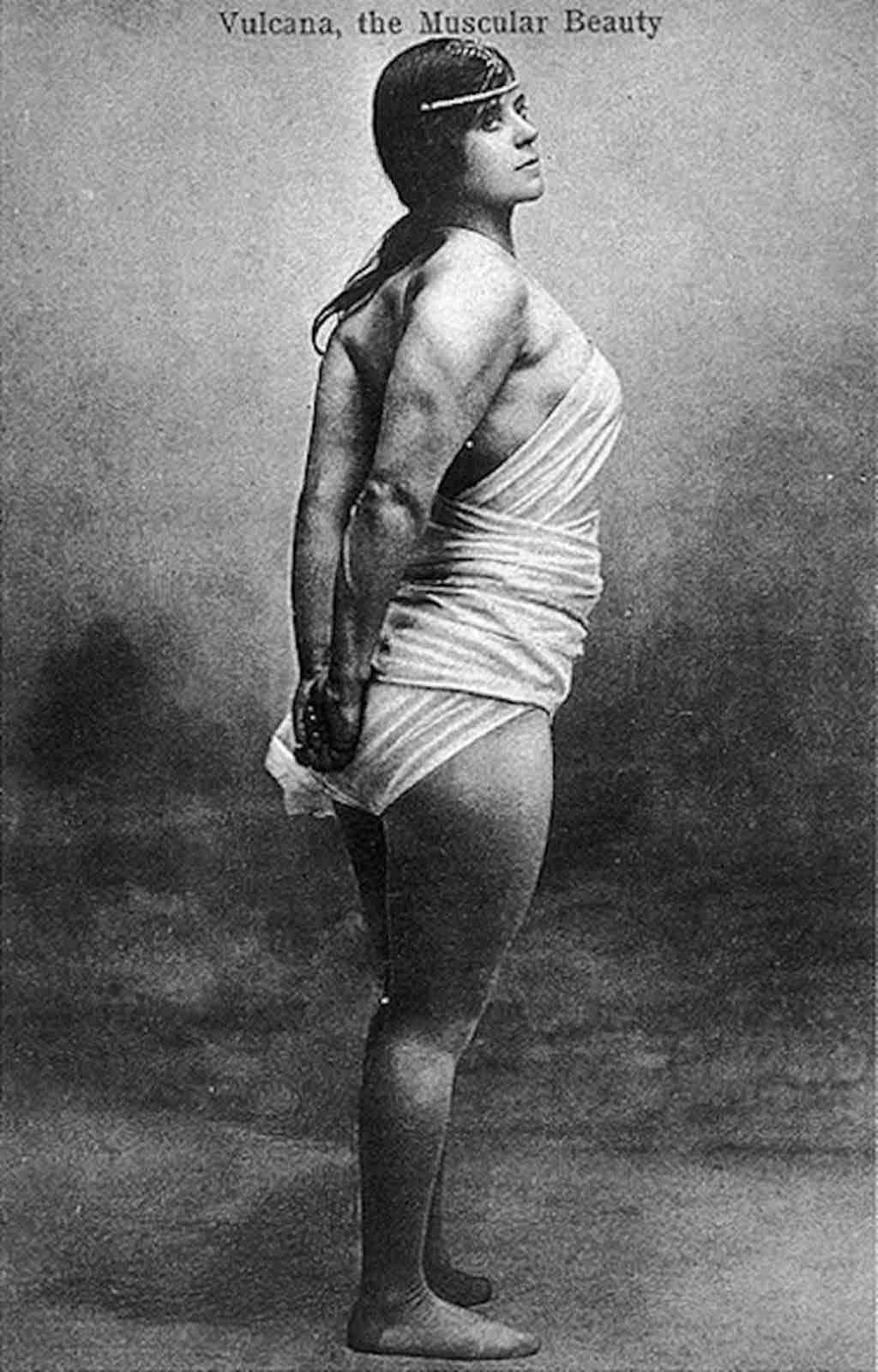
Kate Williams, aka Vulcana, was a strong Welsh woman who amazed crowds with her incredible strength.
She was the first to perform the daring “Tomb of Hercules” stunt, where she would bend backward while a heavy platform was placed on her stomach, and then two horses would stand on the platform.
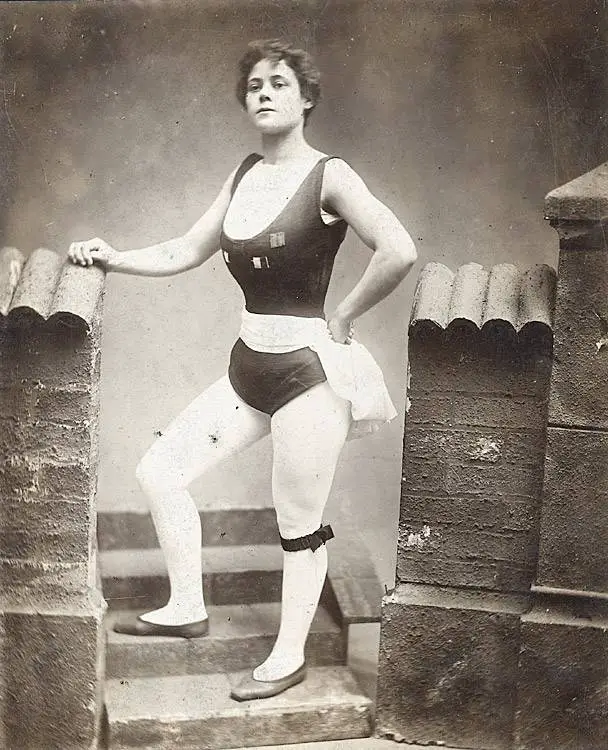
Vulcana’s incredible strength earned her more than 100 medals and even landed her on the cover of a famous sports magazine called La Santé par les Sports.
Some of her impressive skills included lifting heavy weights with just one hand and holding a weight of 56 pounds in each hand over her head.
Legend has it that in London, she once astonished onlookers by lifting a stranded wagon out of the mud all by herself. Vulcana’s amazing feats show the true power of girl power!
#9. The crew of USS Miami (CL-89) cleaning up after bombarding the Palau Islands in 1944
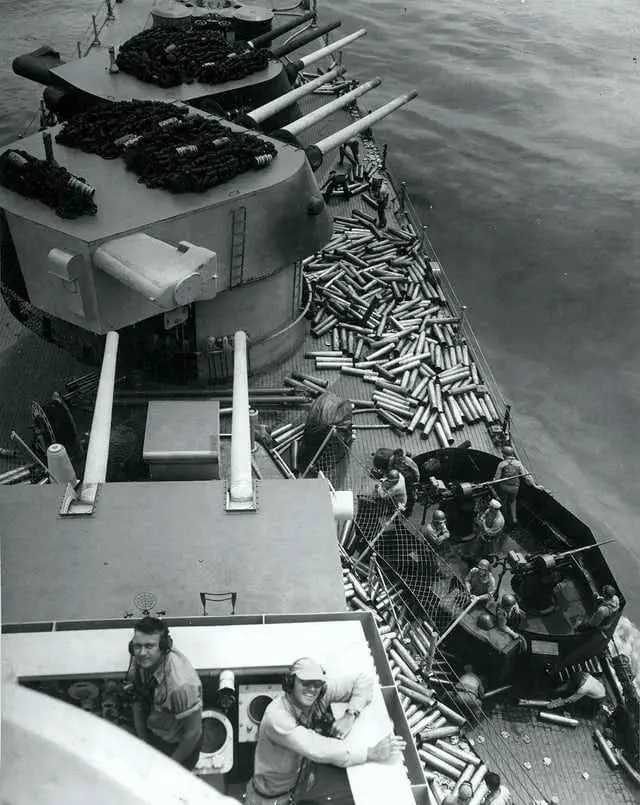
The photo shows the crew of the USS Miami (CL-89) tidying up after attacking the Palau Islands in 1944 during World War II. This event was part of the Allies’ efforts to defeat Japan.
After bombarding the islands, the crew had to clean up the mess, like removing debris and checking for damage. This was important for making sure the area was safe for future operations.
The USS Miami’s role in the attack was crucial for the Allies’ strategy in the Pacific. This photo reminds us of the hard work and sacrifices made by sailors during the war.
#10. Salvador Dalí strolling with his anteater in Paris, 1969
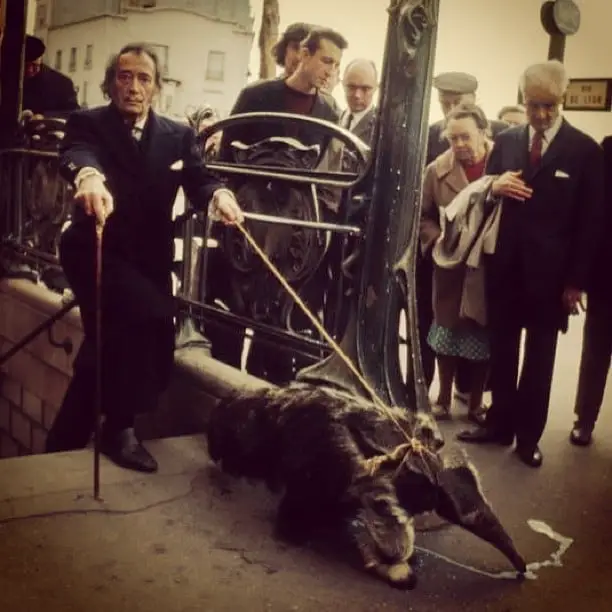
The photo likely depicts the eccentric artist Salvador Dalí walking his pet anteater on the streets of Paris in 1969.
Dalí was known for his surreal and flamboyant personality, often engaging in bizarre and attention-grabbing behavior.
It’s not uncommon for artists to incorporate their unique lifestyles into their public personas, and this photo captures one such moment of Dalí’s unconventional antics.
#11. Albert Einstein at the Beach, 1939
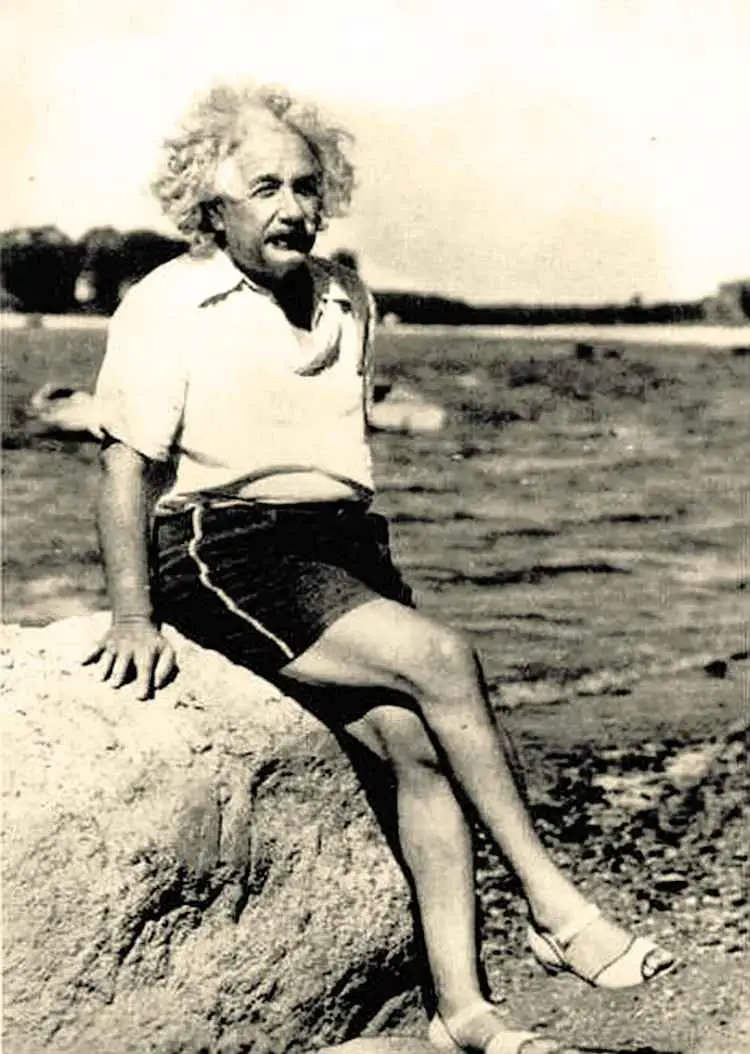
We often picture Albert Einstein as the quintessential scientist, lost in thought with wild hair. However, a rare photo captures him in a more relaxed setting—sitting on the beach, enjoying the sun.
This image reminds us that even the greatest minds need a break from their intense work to recharge and find inspiration in nature’s simplicity.
#12. The Original Ronald McDonald

Before Ronald McDonald became the face of the famous fast-food chain, the character looked quite different.
A photo from the 1960s shows the original Ronald McDonald, portrayed by Willard Scott, with a much more eccentric and somewhat eerie appearance.
This transformation in branding reflects the evolution of marketing strategies over the decades.
#13. Prisoners at Dachau concentration camp greeting their American liberators from a barbed-wire fence, Germany, April 1945
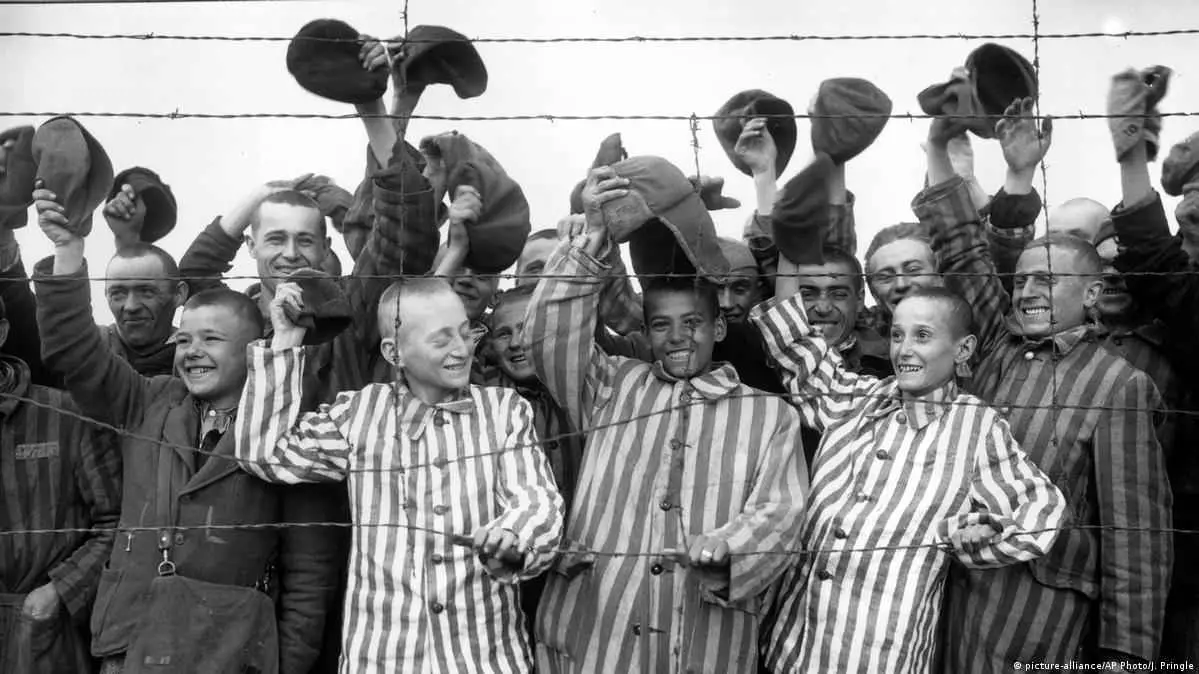
In April 1945, during World War II, American soldiers liberated the Dachau concentration camp in Germany. Dachau, near Munich, was one of the Nazis’ first concentration camps, where prisoners suffered greatly from forced labor, starvation, and cruelty.
As the war neared its end, American troops advanced through Germany and came upon Dachau. On April 29, soldiers from the U.S. Army’s 42nd and 45th Infantry Divisions entered the camp. What they found was horrifying: emaciated prisoners who had endured unimaginable suffering.
A powerful moment captured in a photo from that day shows the prisoners reaching out to greet their American liberators from behind the barbed-wire fence that had held them captive. It’s a touching symbol of the end of their suffering and the hope for a better future.
This event is a stark reminder of the Holocaust’s horrors and why it’s crucial to remember and learn from such dark times in history.
#14. An enthusiast for men’s dress reform walking down The Strand in London

The photo captures a moment from the 1930s when there was a movement in Britain to change men’s fashion. This movement, led by the Men’s Dress Reform Party (MDRP), aimed to make men’s clothing more comfortable and practical.
In the photo, we see someone who supports the MDRP walking along the Strand in London. They likely dressed in a way that was different from the usual styles of the time.
Supporters of the Men’s Dress Reform Party (MDRP) in the 1930s believed that men’s clothing was unpleasant, uncomfortable, hard to keep clean, and bad for health. “Men’s dress is ugly, uncomfortable, dirty (because unwashable), unhealthy,” wrote one supporter.
Their solution? Get rid of pants, hats, closed-toe shoes, and ties. Instead, they promoted loose-fitting clothes, shorts or breeches, high socks, and sandals. These outfits were more relaxed, with open shirts and materials like silk and linen, aiming to make people feel better and look sleeker.
However, despite their efforts, the MDRP disbanded in 1940. While the MDRP didn’t become hugely popular, its efforts were part of a larger trend toward change and progress in British society during the interwar years.
#15. Children operating machinery during the American Industrial Revolution, 1700s

The Industrial Revolution was a major step forward in Western society and marked a big change in the development of modern America. It brought many benefits, such as new jobs, better machines, city growth, improved transportation, and better living conditions.
However, it also had downsides, like more child labor, unsafe working conditions, pollution, crowded cities, and more social inequality.
This is clear in a photo showing two small children working with large, dangerous machines. They were so small they had to climb up onto the spinning frame to mend broken threads and to put back the empty bobbins.
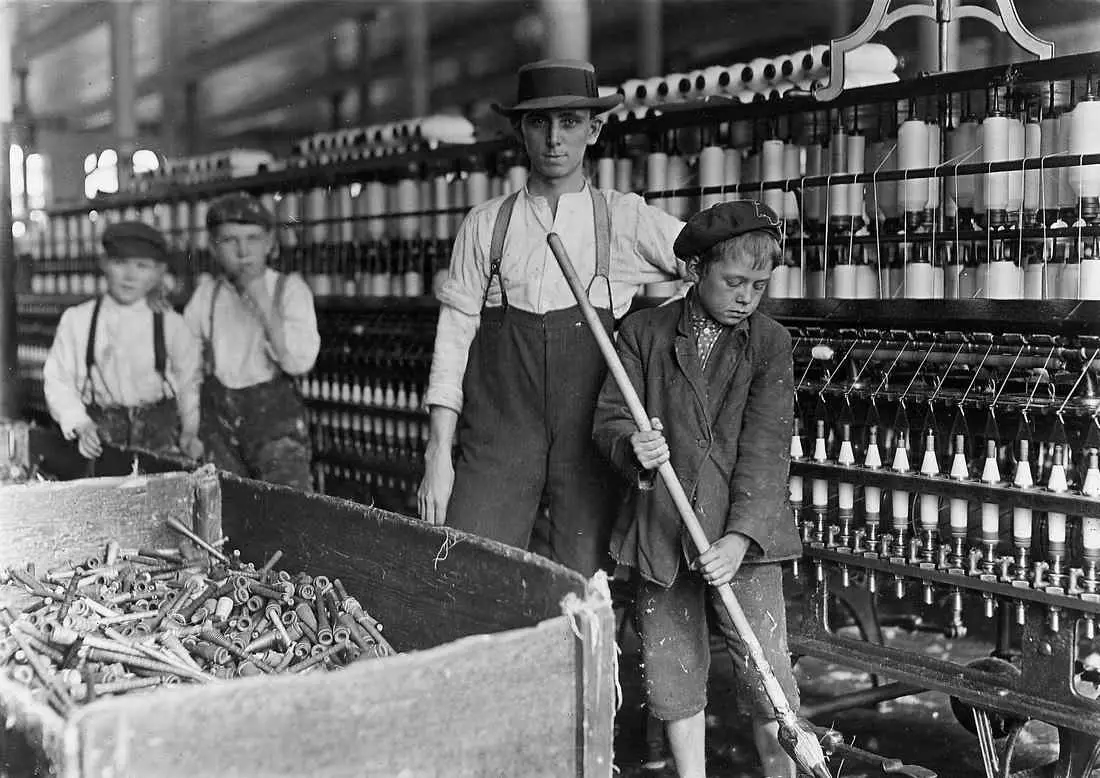
The picture highlights a harsh reality of the time: child labor. Children were often hired in factories and mills because they could be paid less and were small enough to fit into tight spaces to operate or fix equipment. This led to unsafe working conditions and exploitation.
Despite the progress brought by the Industrial Revolution, it also showed the need for labor reforms. The dangerous and unfair conditions faced by workers, especially children, eventually led to the creation of labor laws to protect workers’ rights and safety.
#16. A beach party in the 1970s
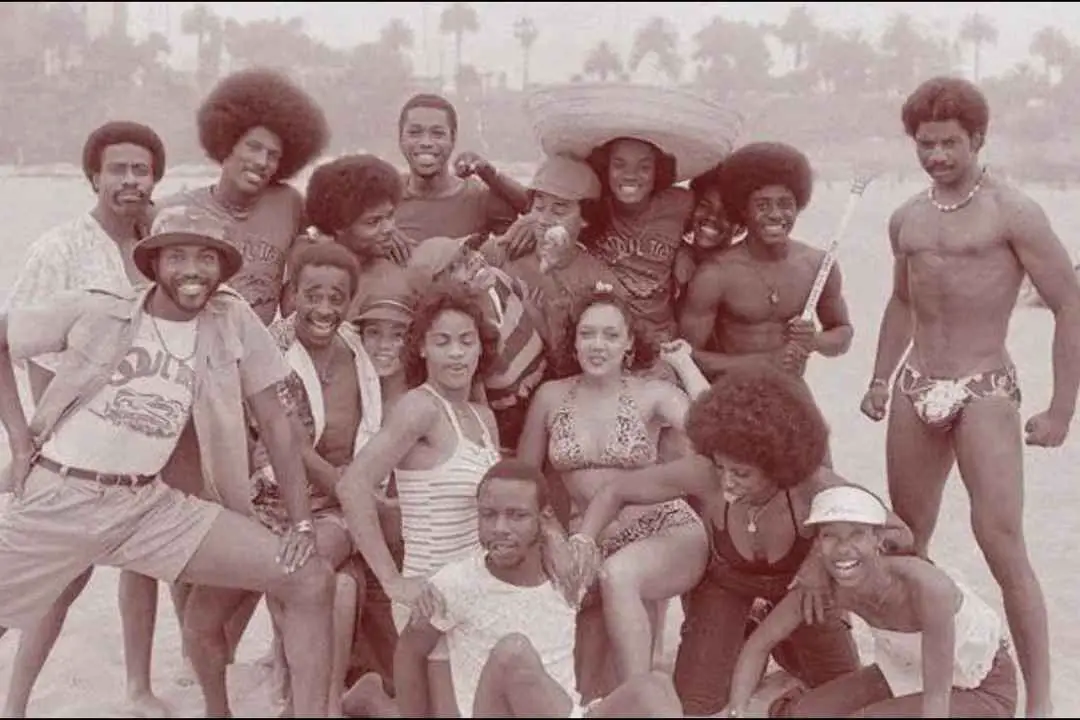
#17. Physicists and Nobel Prize winners Marie Curie and Pierre Curie shortly after their wedding, in France, 1895
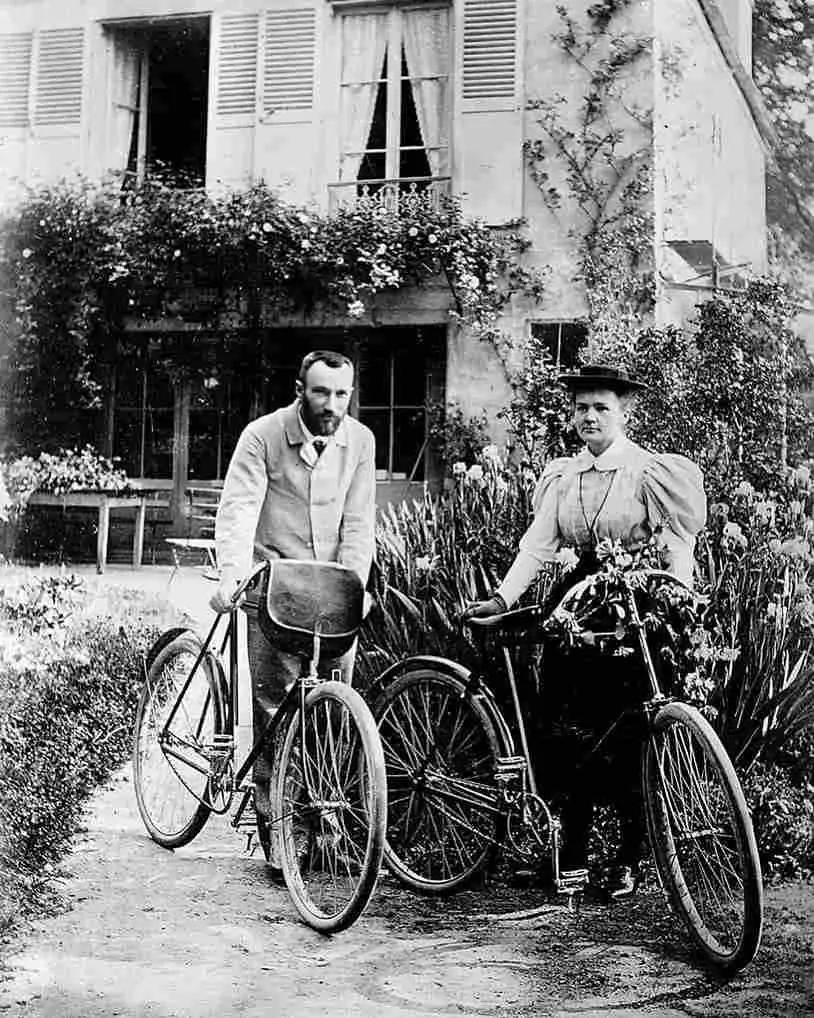
#18. British military equipment disguised as elephants, India, WWII
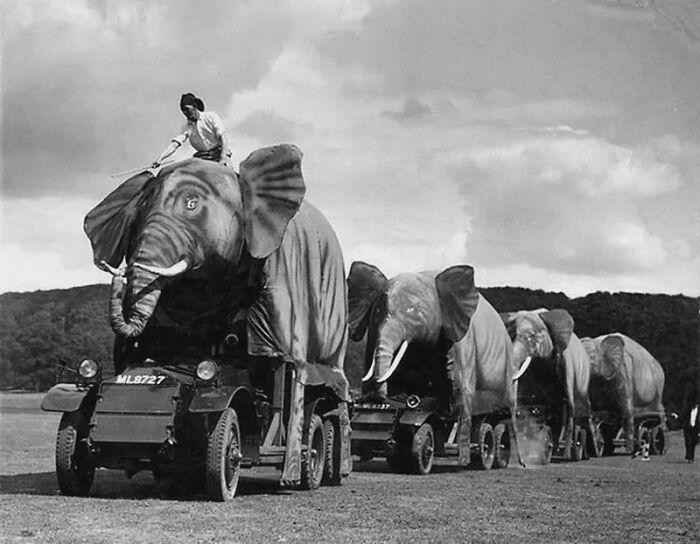
#19. Last known photograph of a Barbary lion before presumed extinction, in the Atlas Mountains in North Africa, taken in 1925 by Marcelin Flandrin
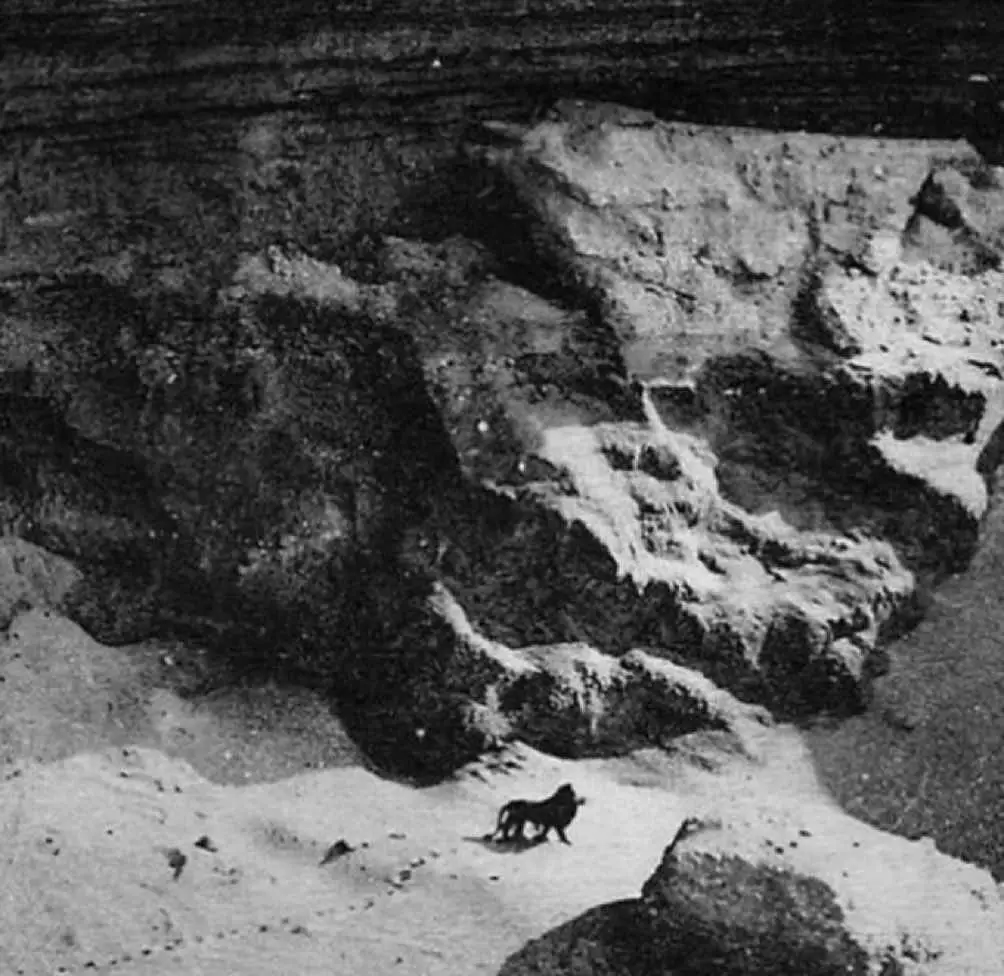
#20. Breakfast tea being passed between cars on a train from Peshawar to Lahore, photographed by Steve McCurry, 1983
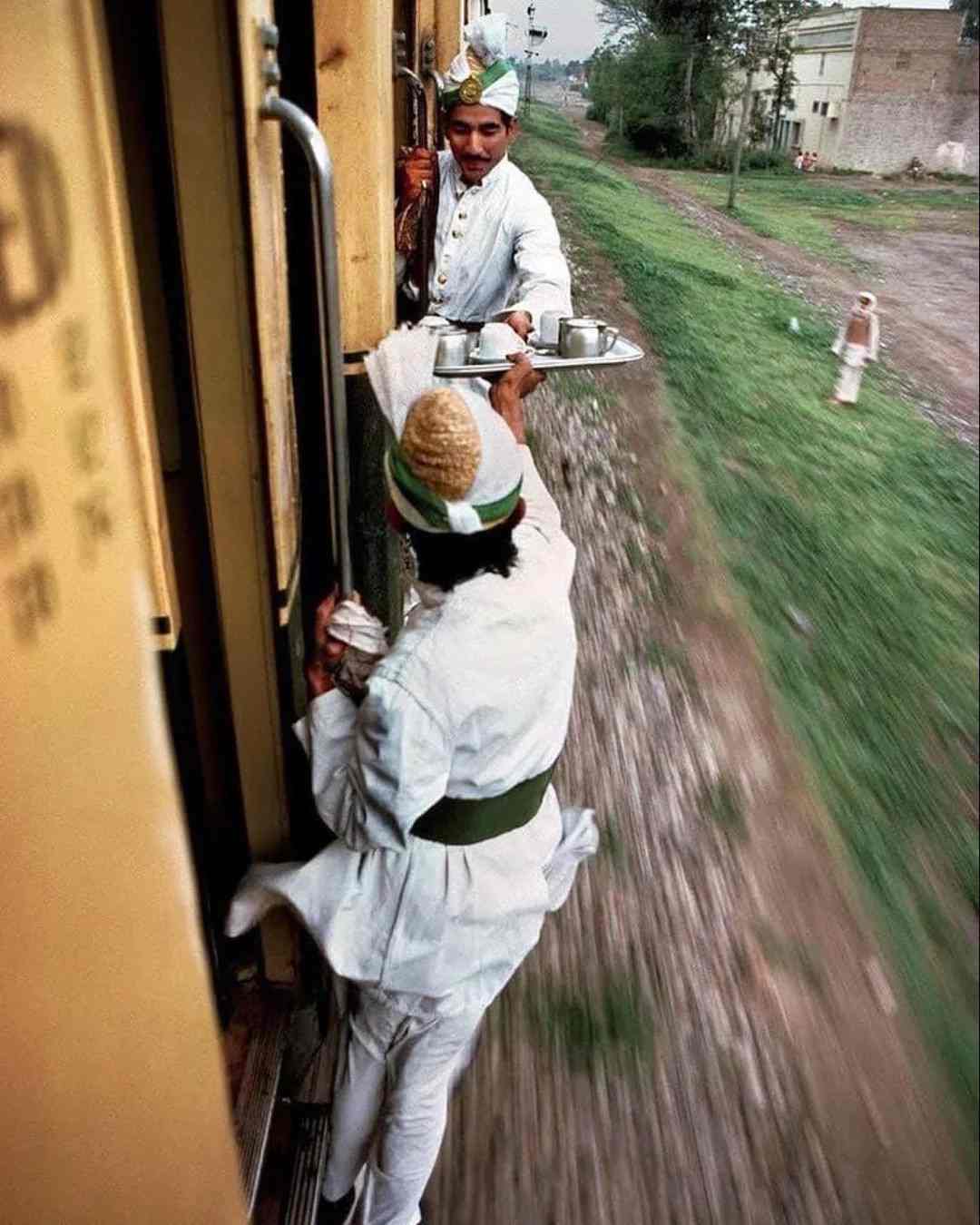
#21. Punk rock girl in London, 1979
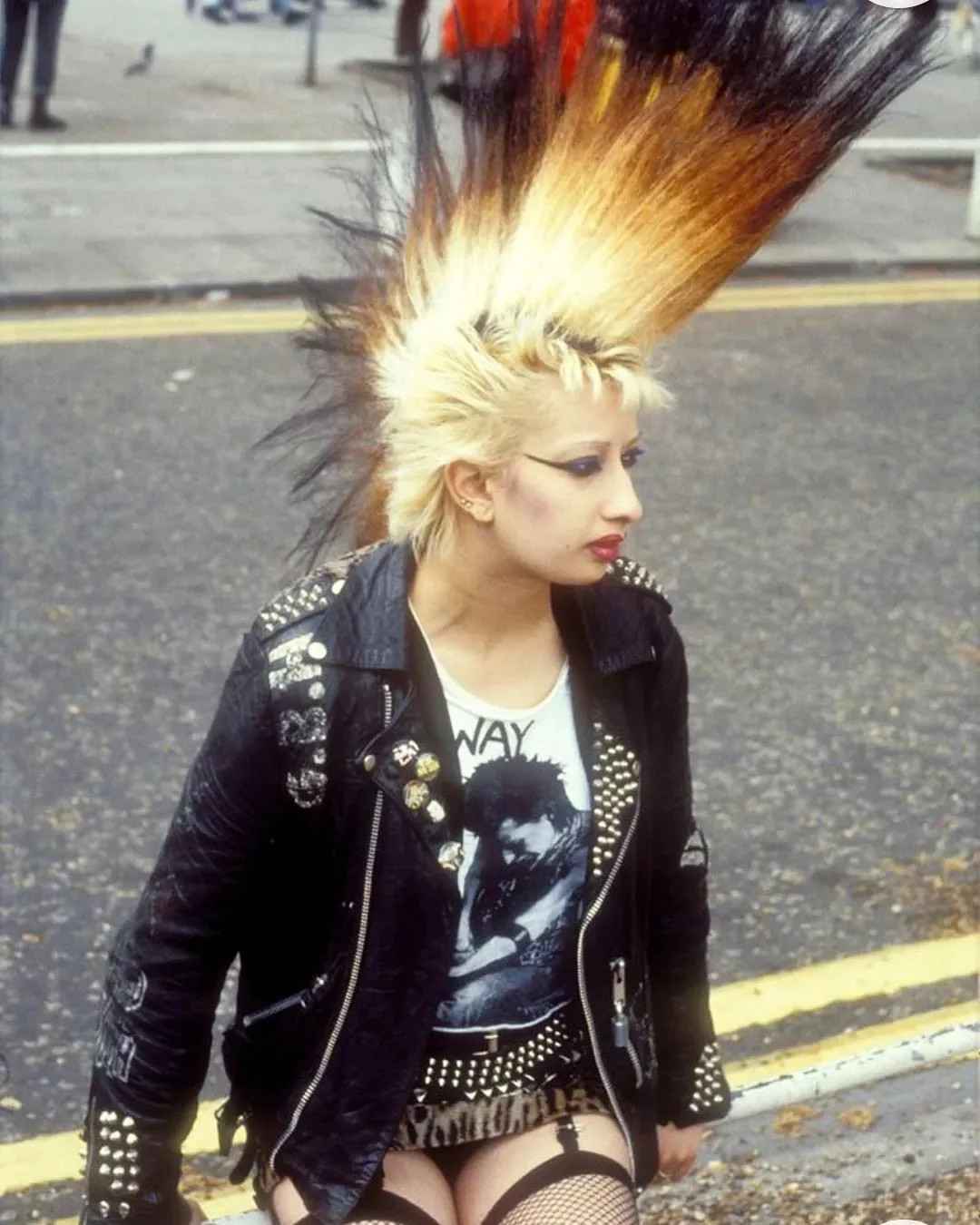
#22. Percy Hodge’s perfect obstacle jump demonstration with bottle and glass
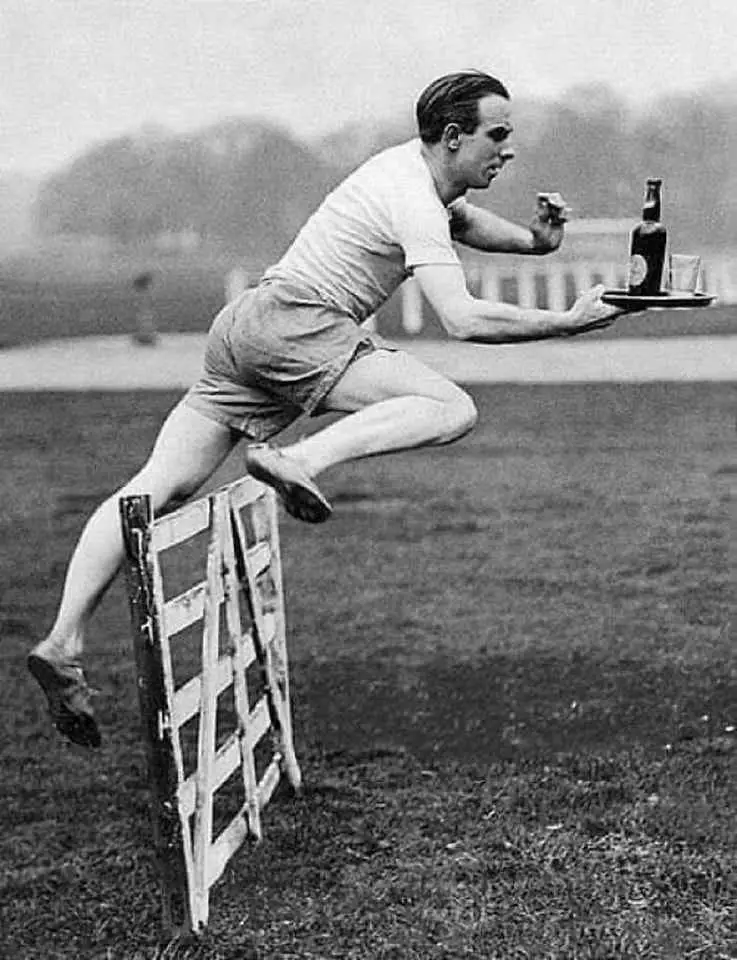
#23. Frontier legend Wyatt Earp, aged 75, pictured in his Los Angeles home in August 1923
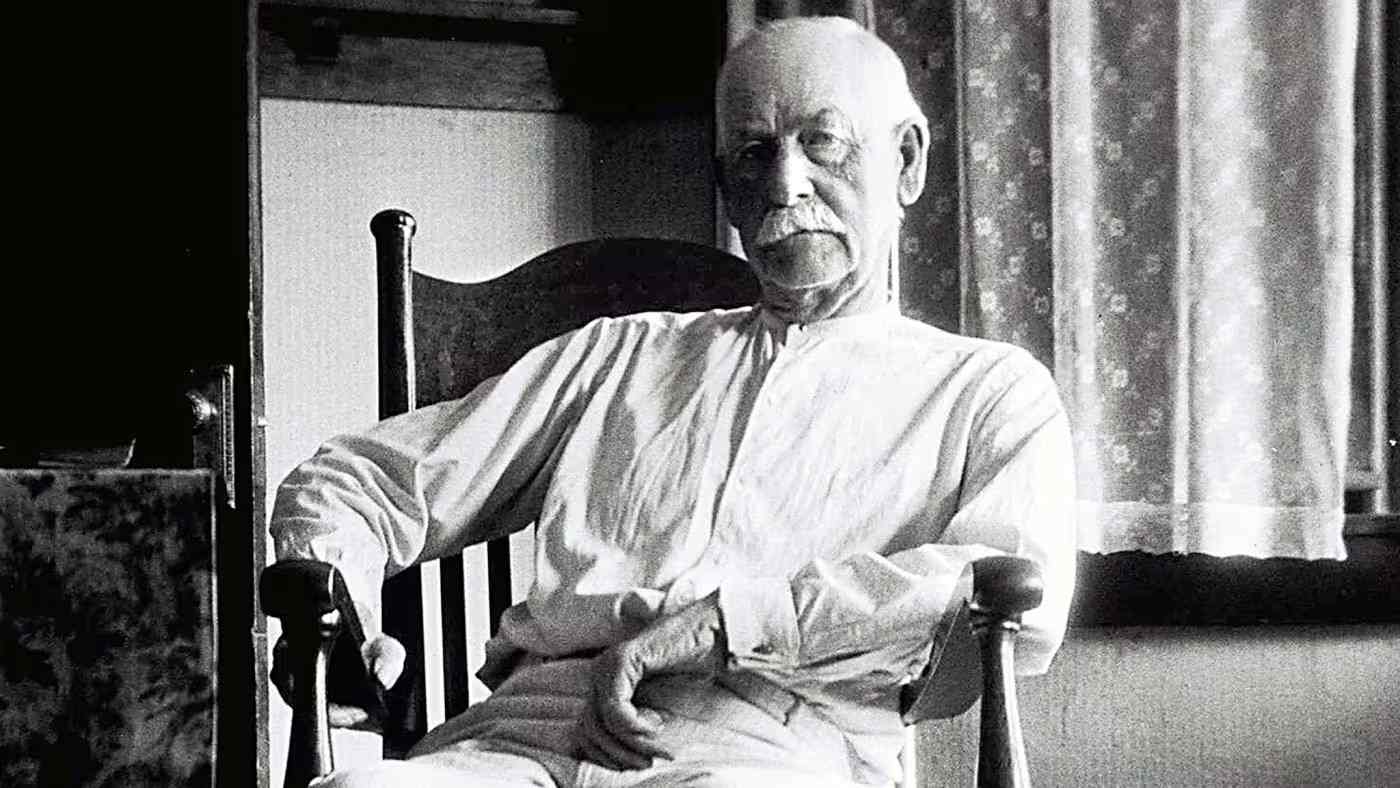
#24. A champagne inspector wearing a special mask to protect against accidental discharges, circa 1933
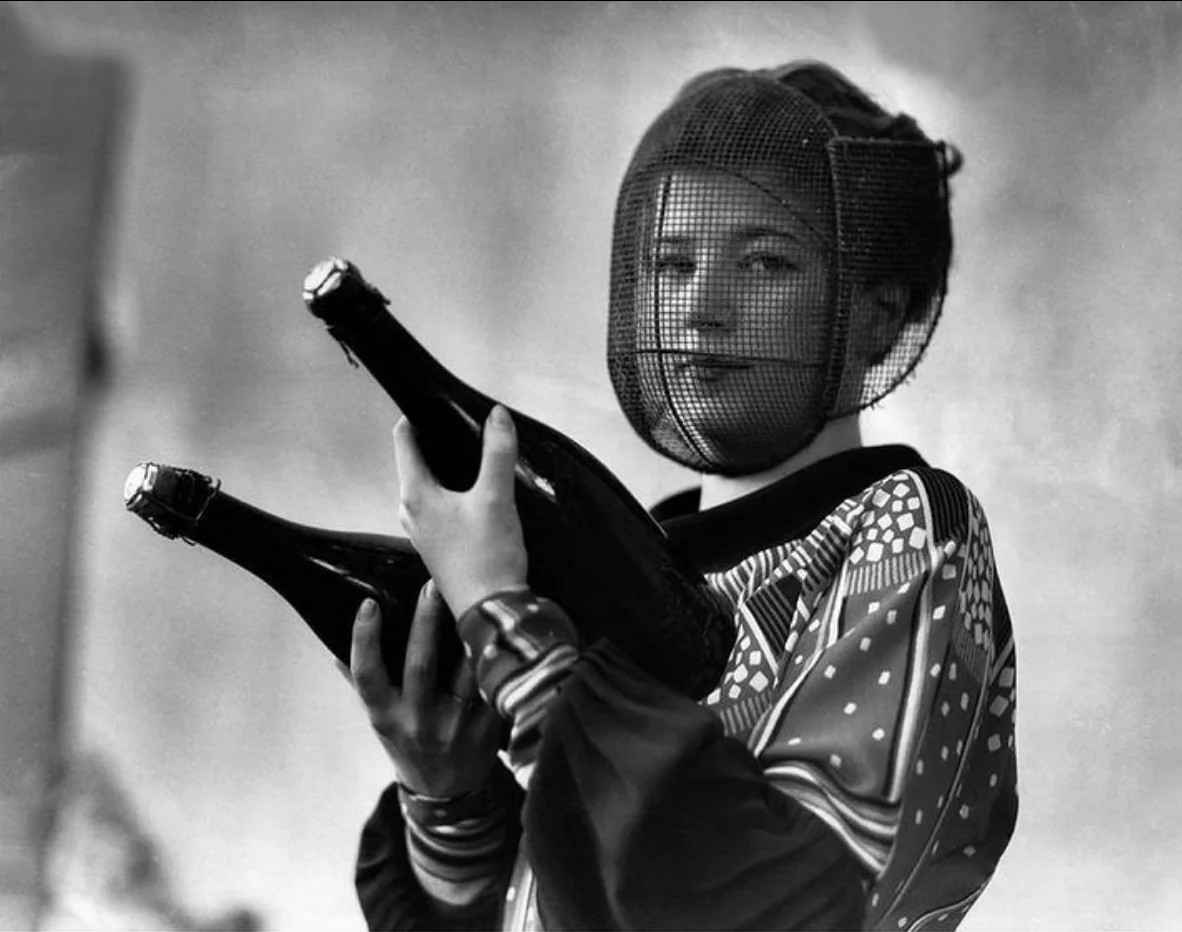
#25. Mother & Son, County Claire, Ireland, c. 1890
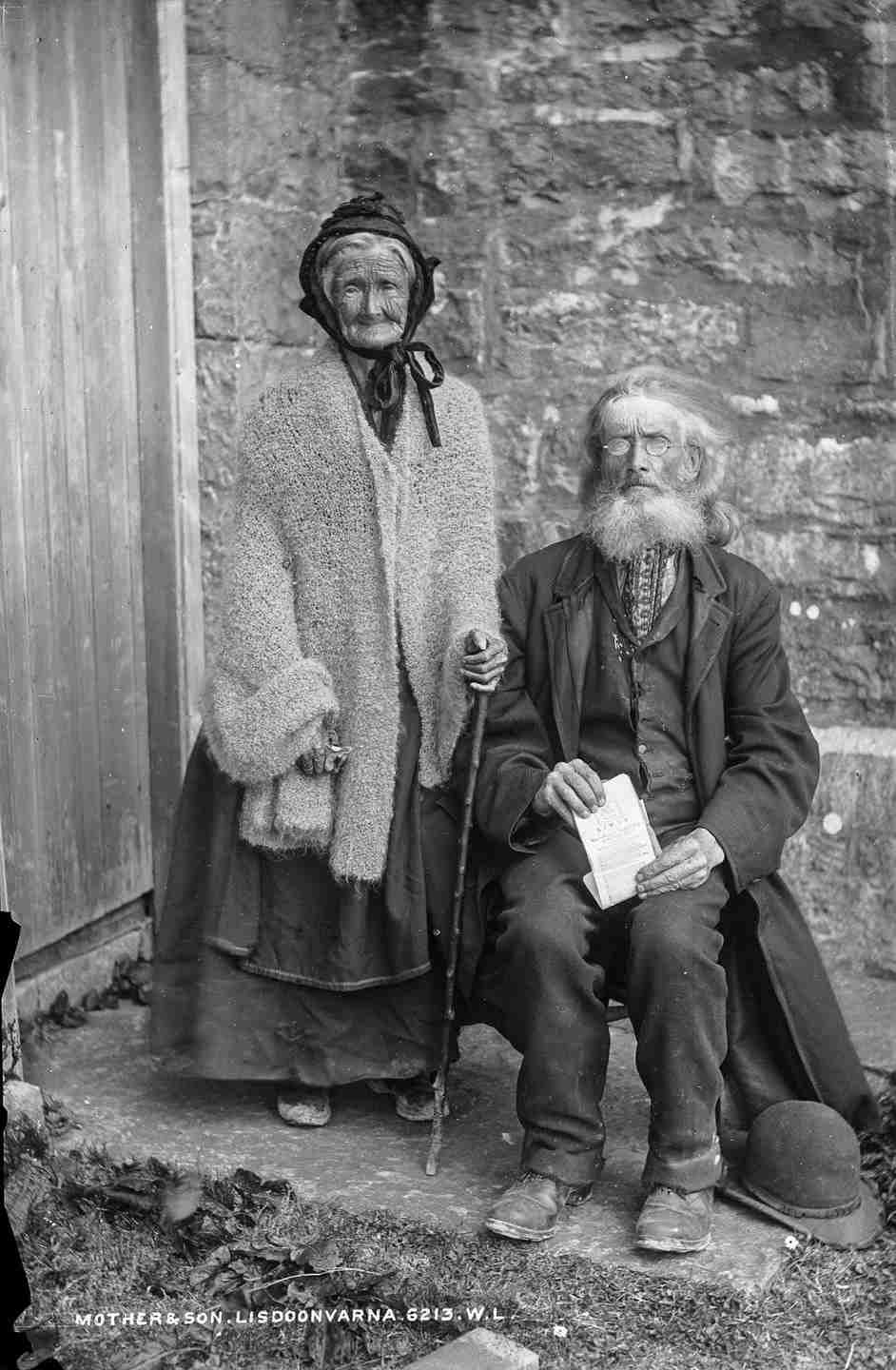
#26. Husband And Wife, Sunday Morning, Detriot, Michigan, 1950 By Gordon Parks
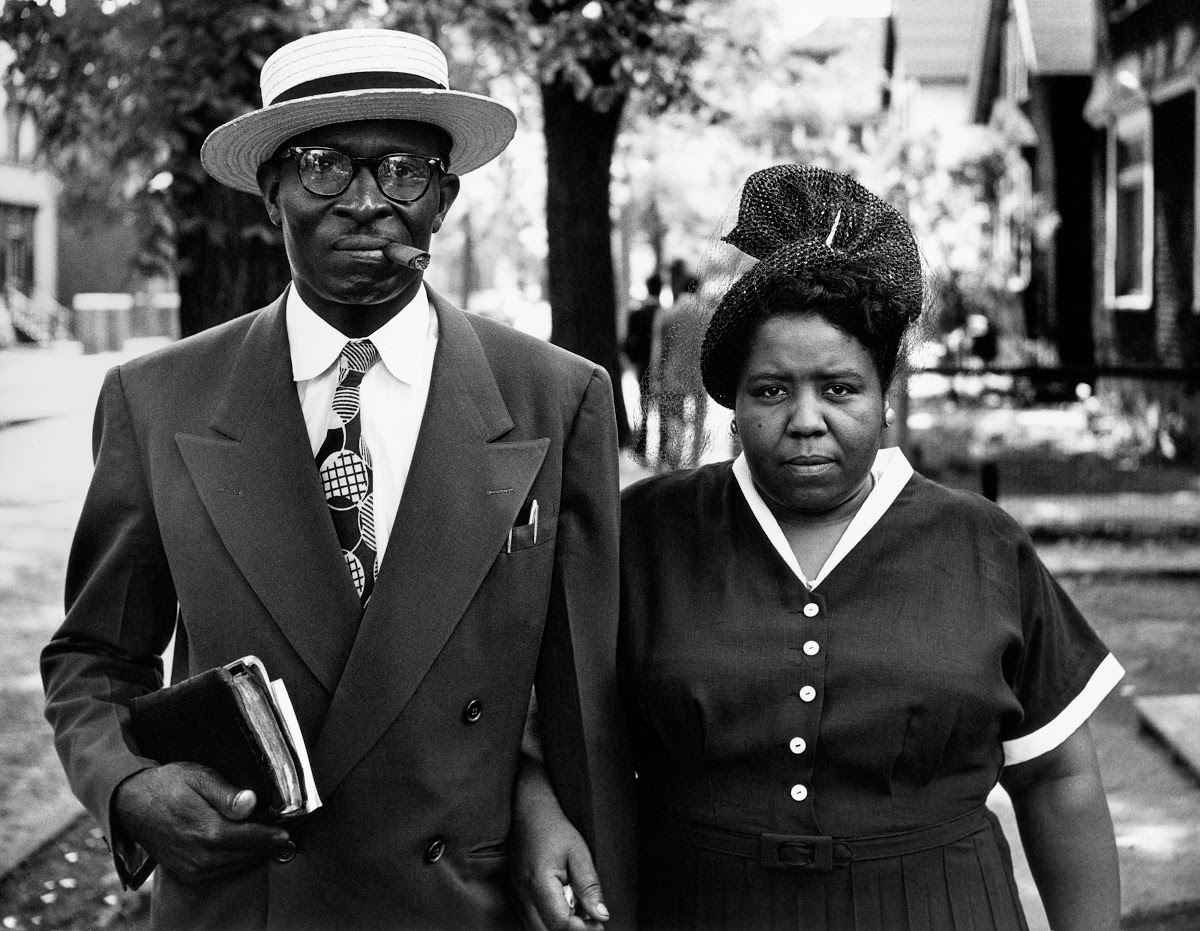
#27. Old Vennel, Glasgow, from Thomas Annan’s 1868 photograph series “The Old Closes and Streets of Glasgow.”
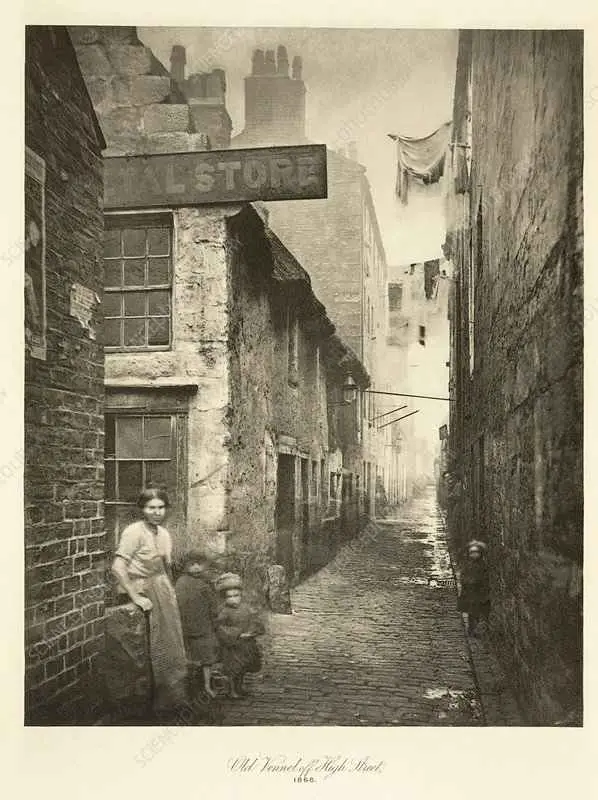
#28. The coffin of the Red Baron being carried by members of the Australian No. 3 Squadron, led by an English priest, for burial in northern France
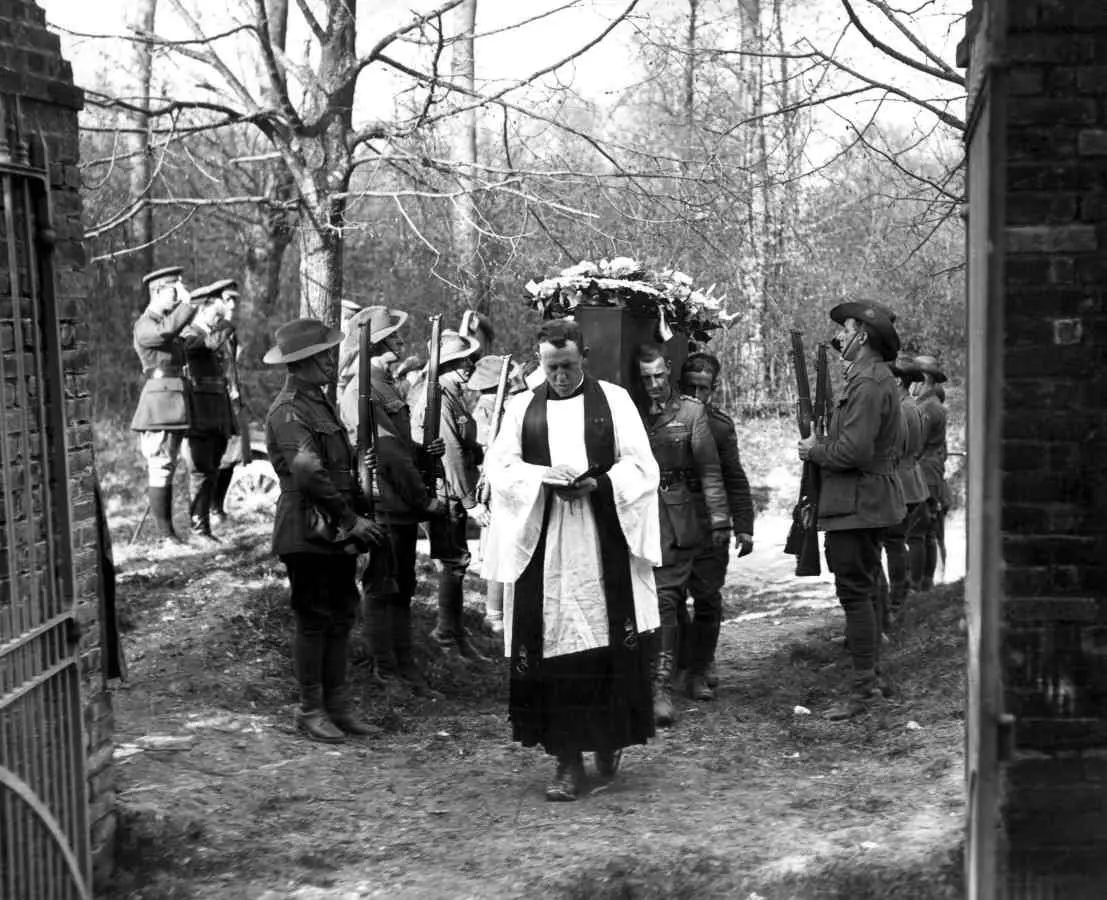
#29. An ultra-light horse-drawn car in traffic Paris, 1943 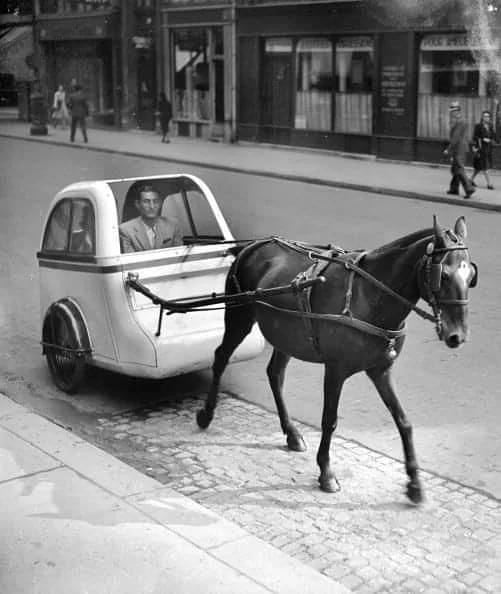
#30. Charles Godefroy’s 1919 flight through the Arc de Triomphe in Paris
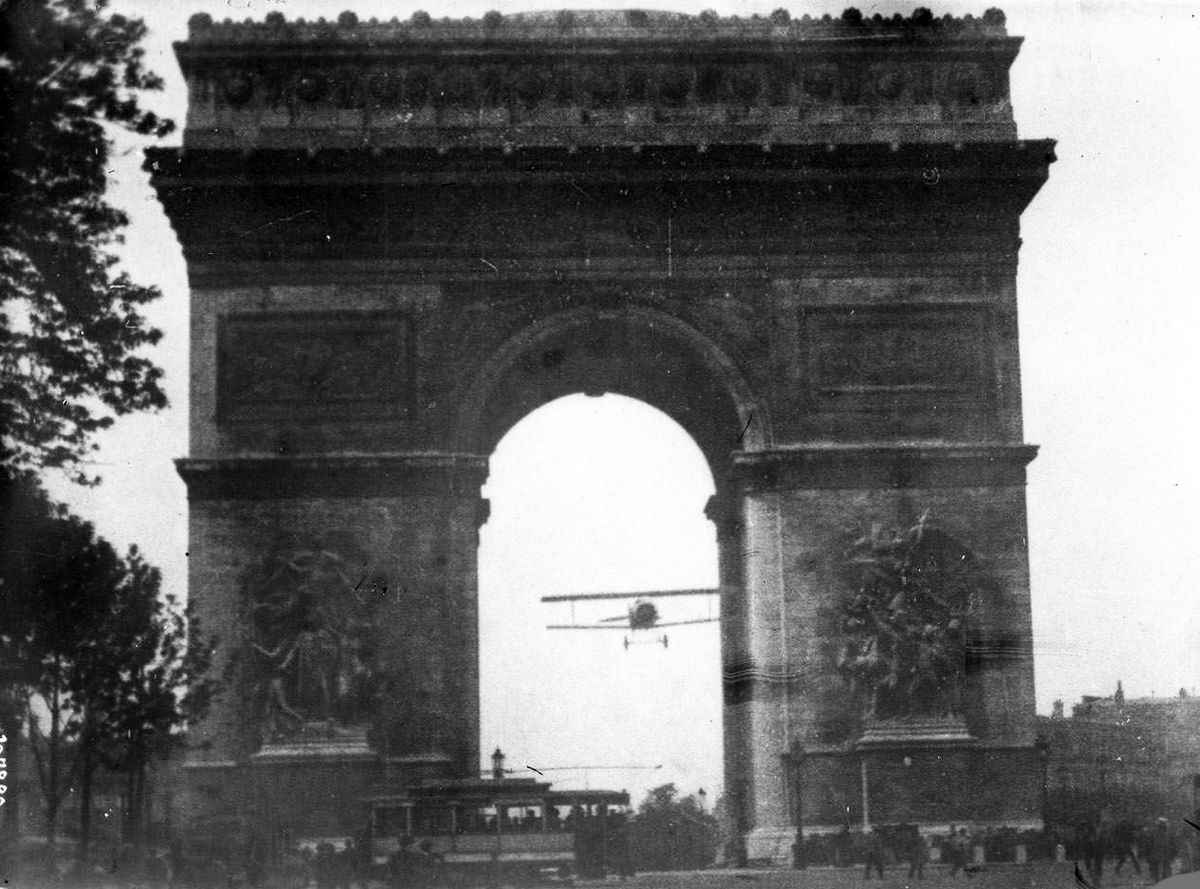
#31. G.o.e Herbert Tea & Dining Rooms, 10 New Street, Chipping Norton, England, 1910
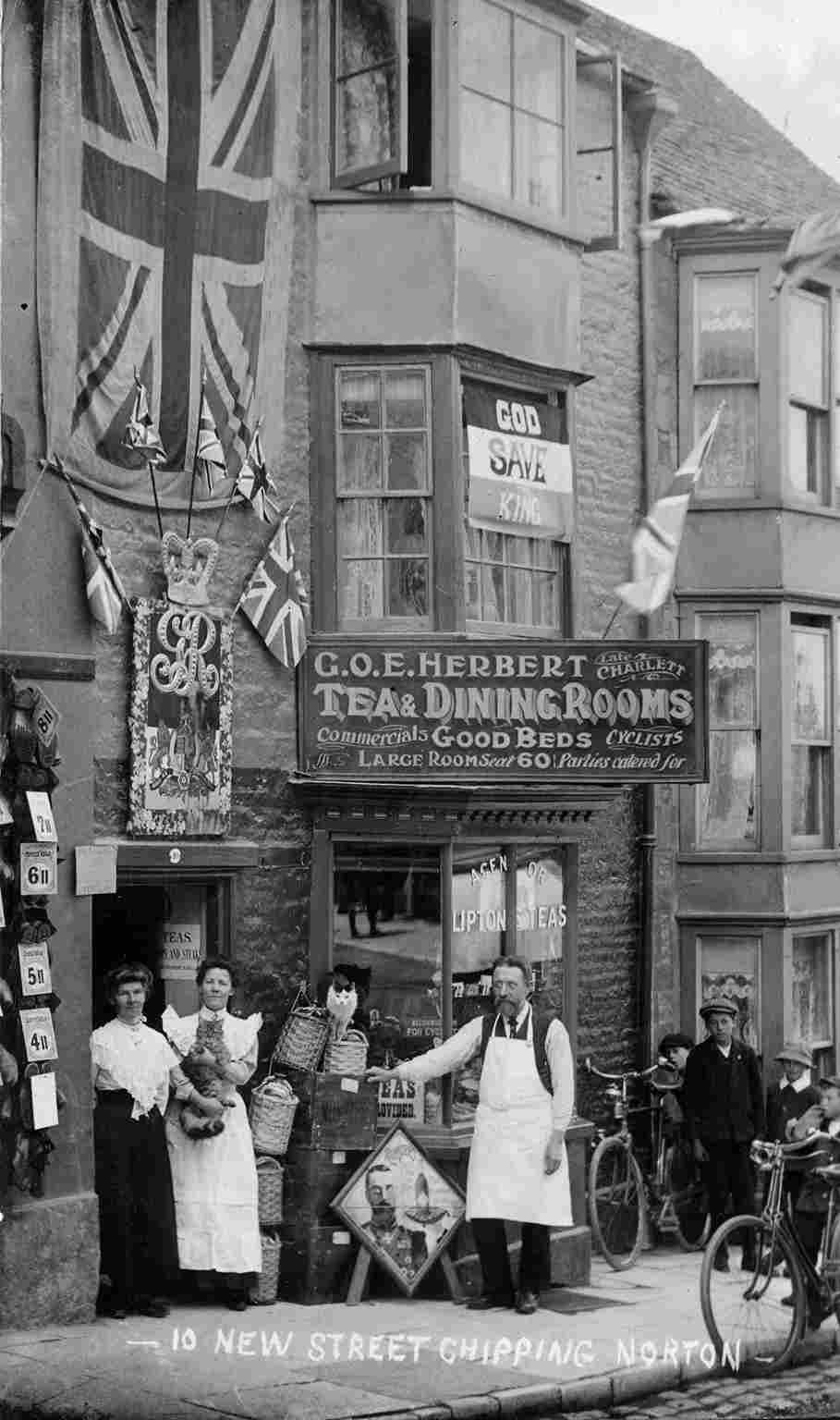
#32. Puritan demonstrating against revealing swimwear on a Florida beach, 1985, USA
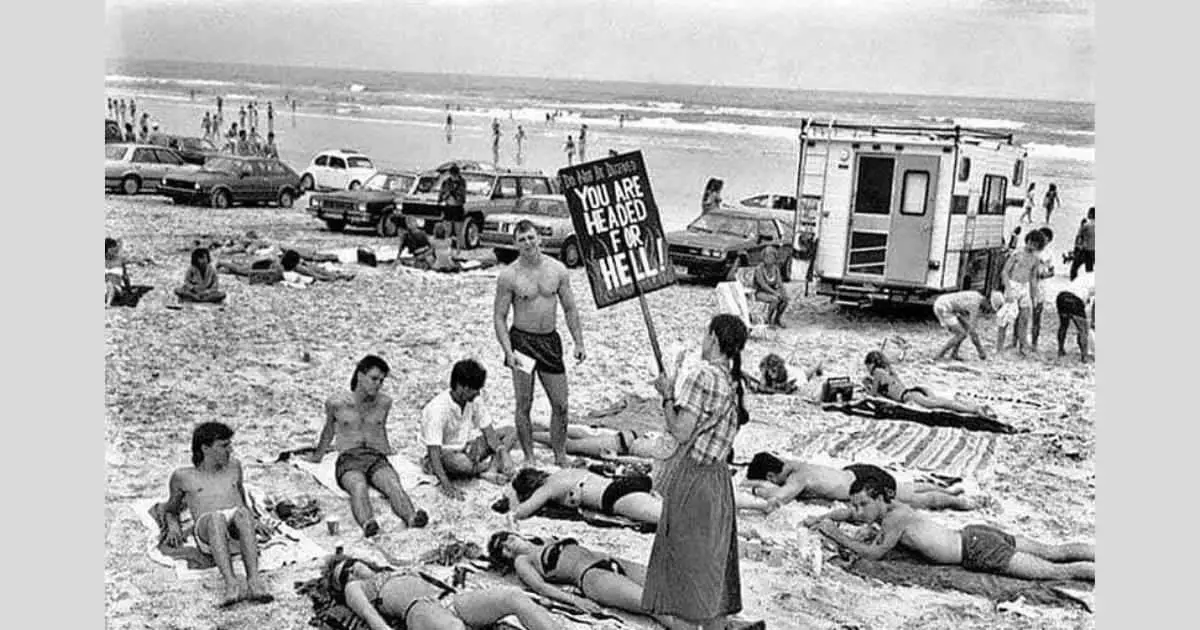
#33. Margaret Bourke-White with her camera atop a stainless steel eagle on the sixty-first floor of the Chrysler Building, overlooking Manhattan and the Hudson River, 1934

#34. U.S. Army men seated around a table with a soldier on horseback jumping over it
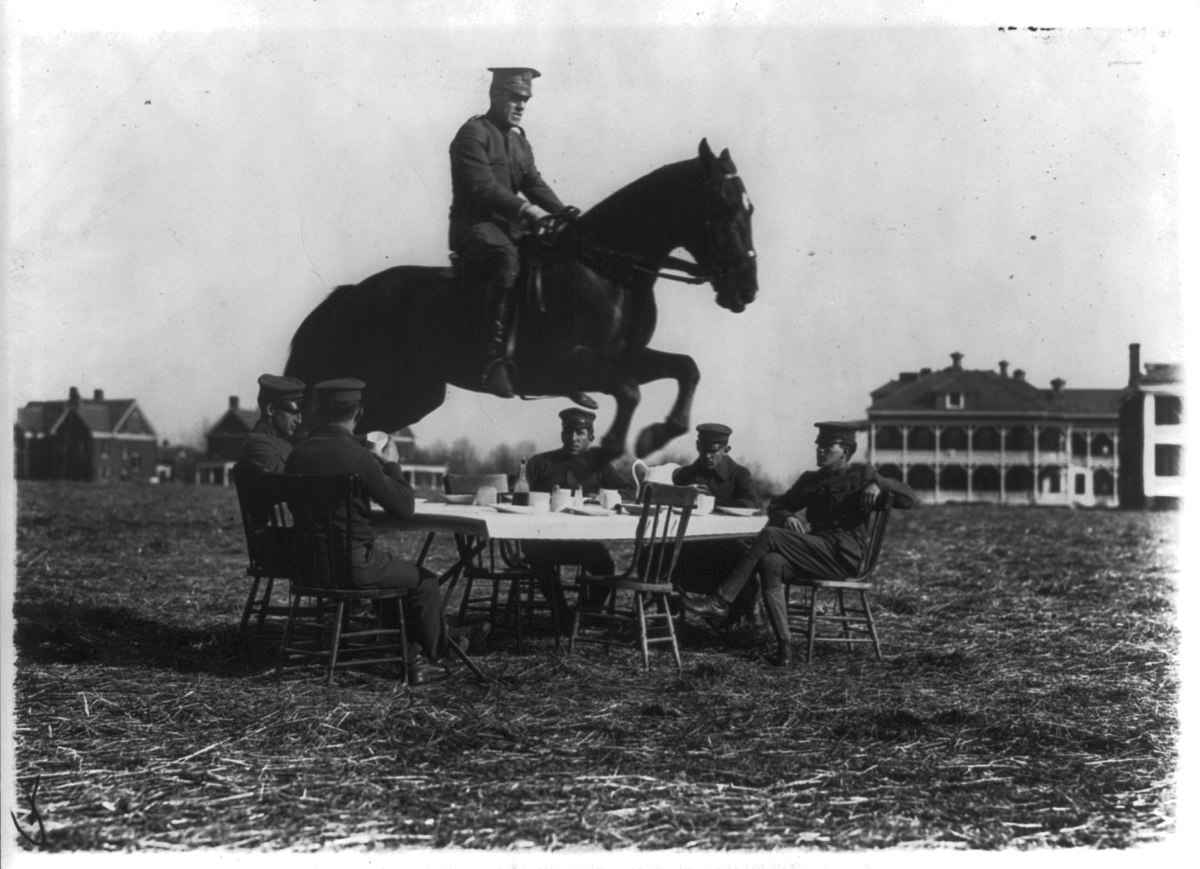
#35. Surprised spectators watching Miss Beth Pitt walk her pet fawn, Star Message, in Midtown New York, November 16, 1942

#36. Uniform mob of smiling humanoid mice at an early Mickey Mouse Club meeting in Ocean Park, California, circa 1930
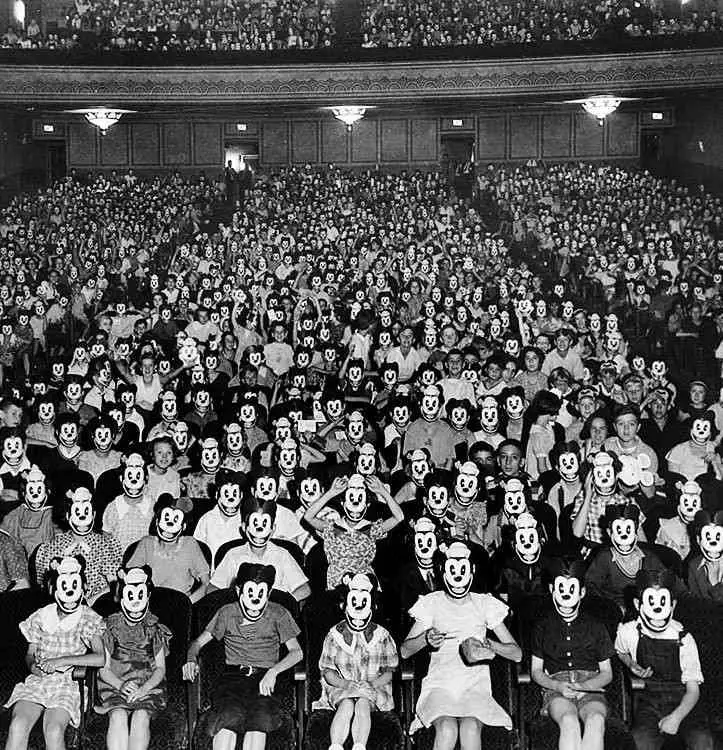
#37. Nikola Tesla sitting in his Colorado Springs laboratory with his “magnifying transmitter” in 1899
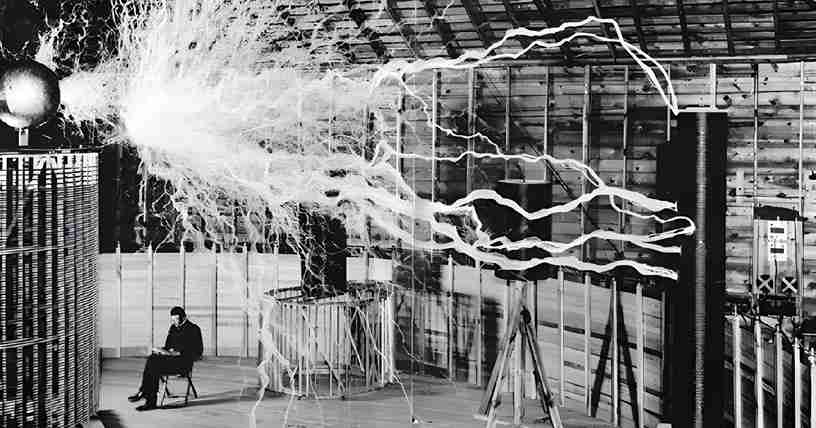
#38. Ivan Unger, a member of the “Flying Black Nats” and Gladys Roy playing tennis on the wings of an airplane in flight
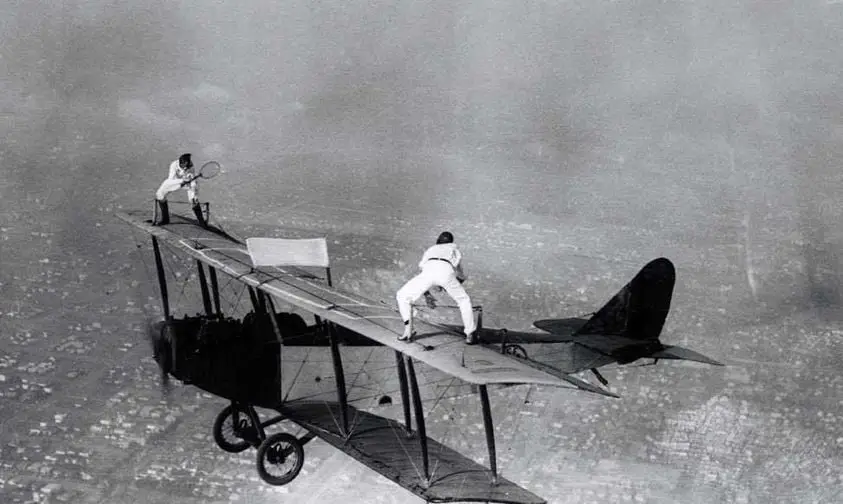
#39. Dorothy Counts, the first Black girl to attend an all-white school in the United States, being teased and taunted by her white male peers at Charlotte’s Harry Harding High School, 1957
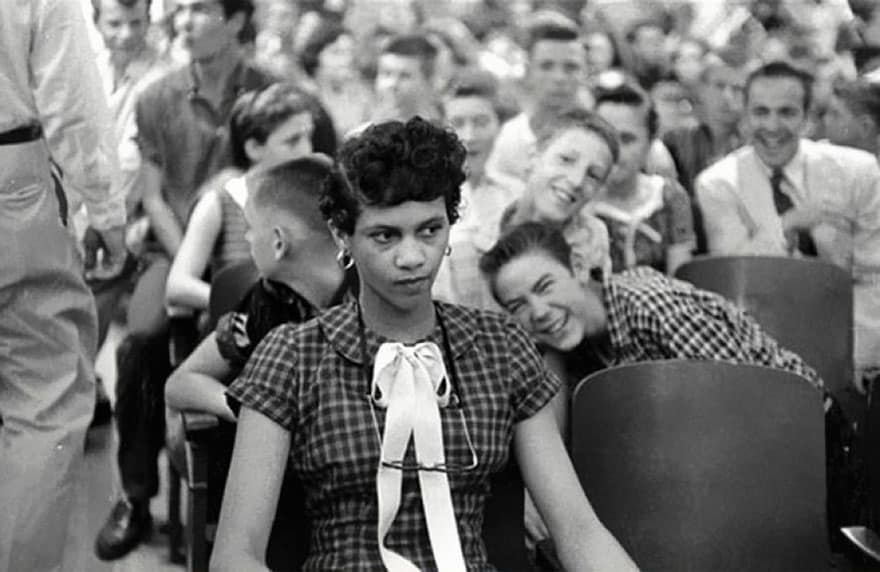
#40. Austrian boy receiving new shoes during WWII
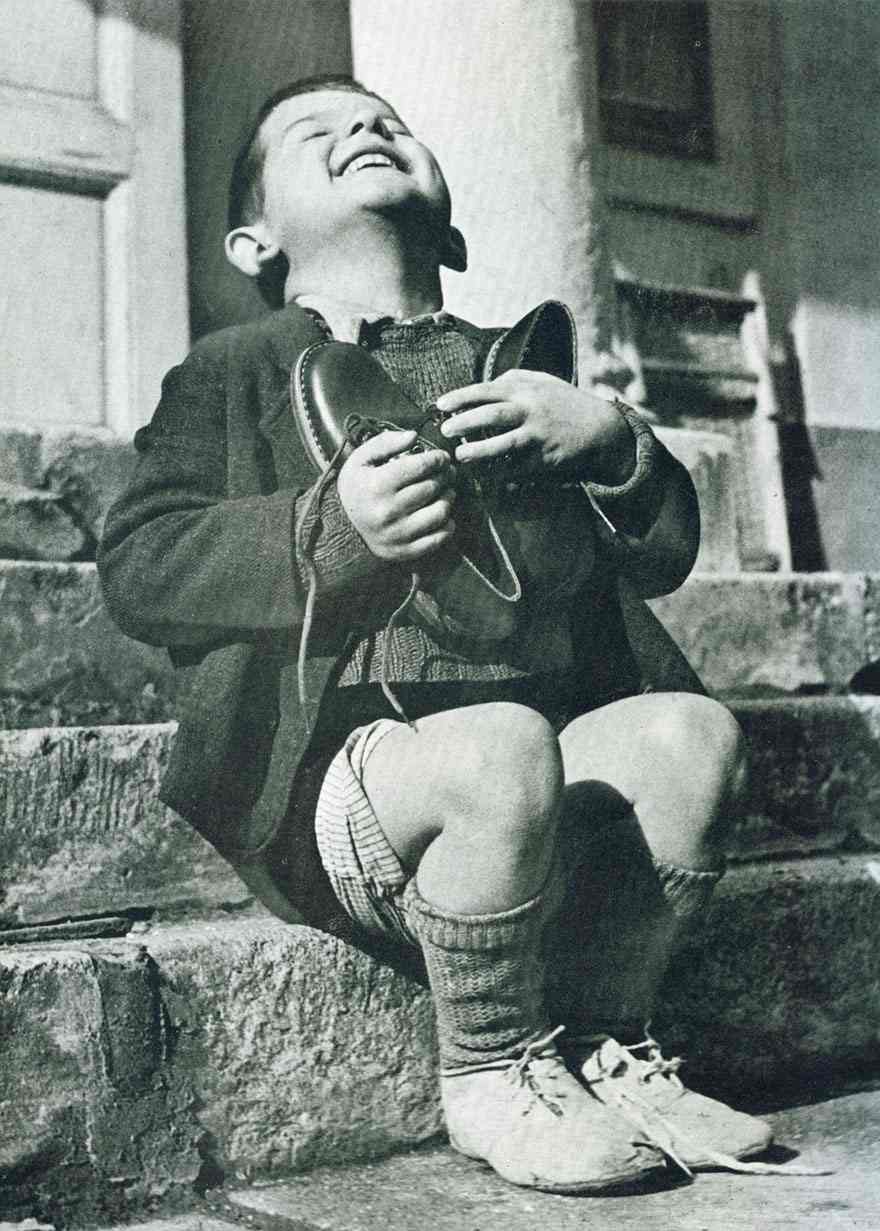
#41. Jewish prisoners after being liberated from a death train, 1945
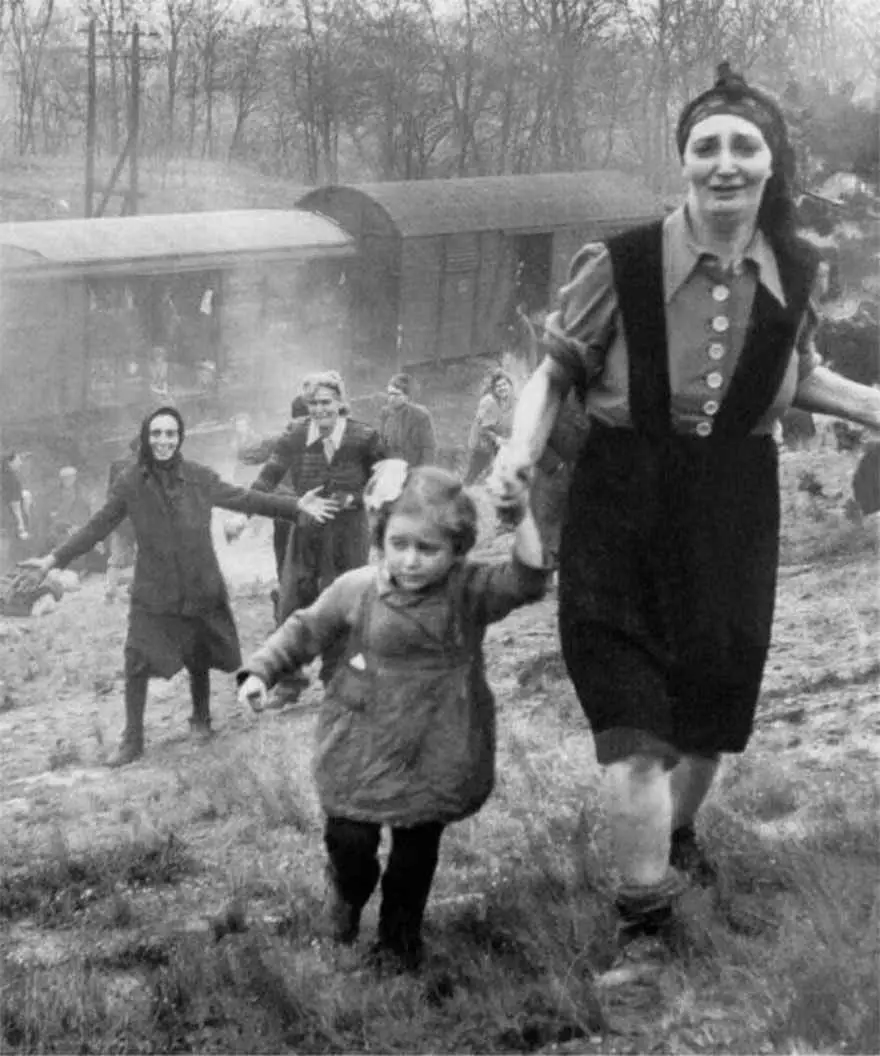
#42. A lone man refusing to do the Nazi salute, 1936
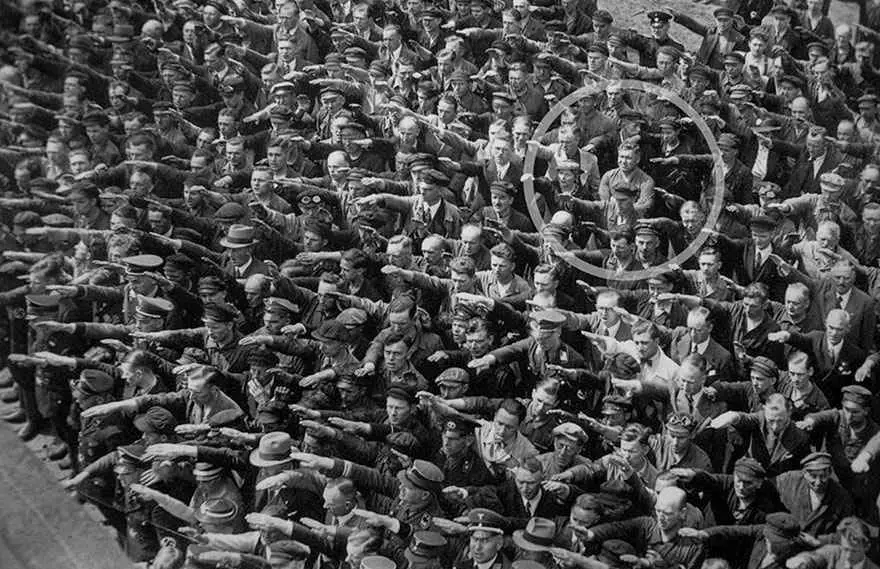
#43. Six-year-old Anne Frank holding a jumping rope next to her friend, Sanne Ledermann, on a pavement in Amsterdam, 1935
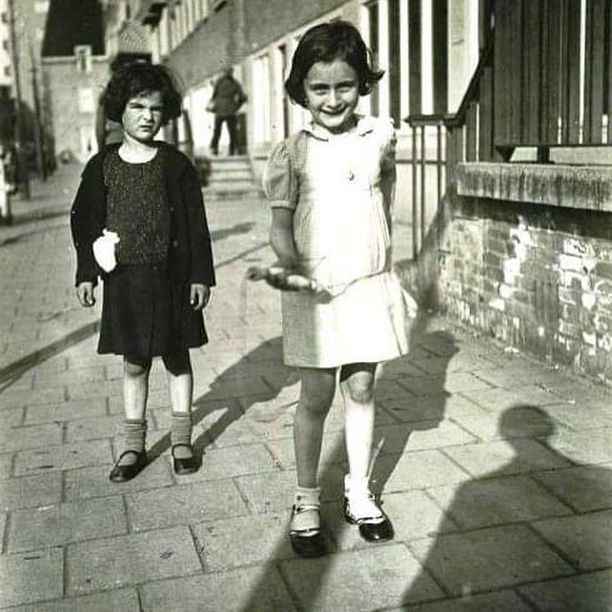
#44. Race organizers trying to stop Kathrine Switzer from competing in the Boston Marathon, where she became the first woman to finish, 1967
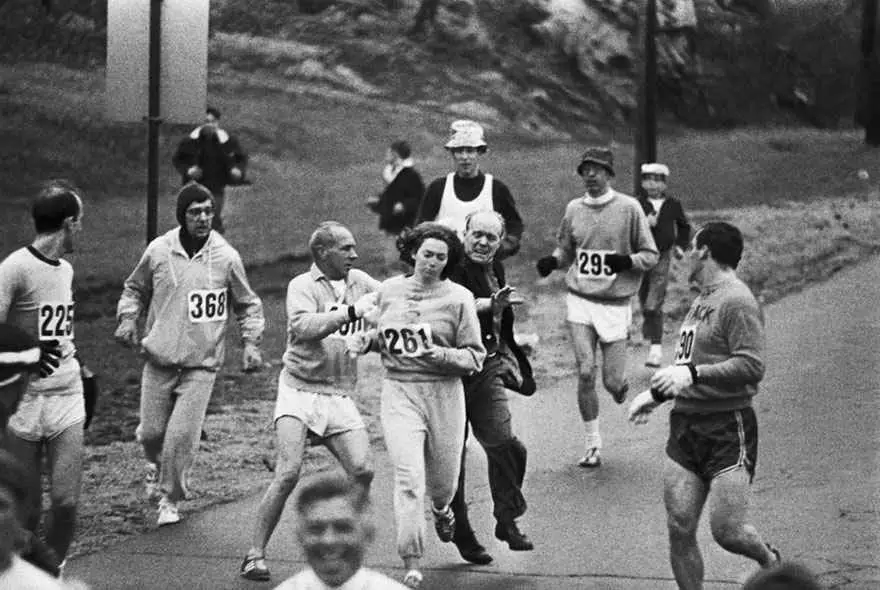
#45. Job hunting in 1930’s
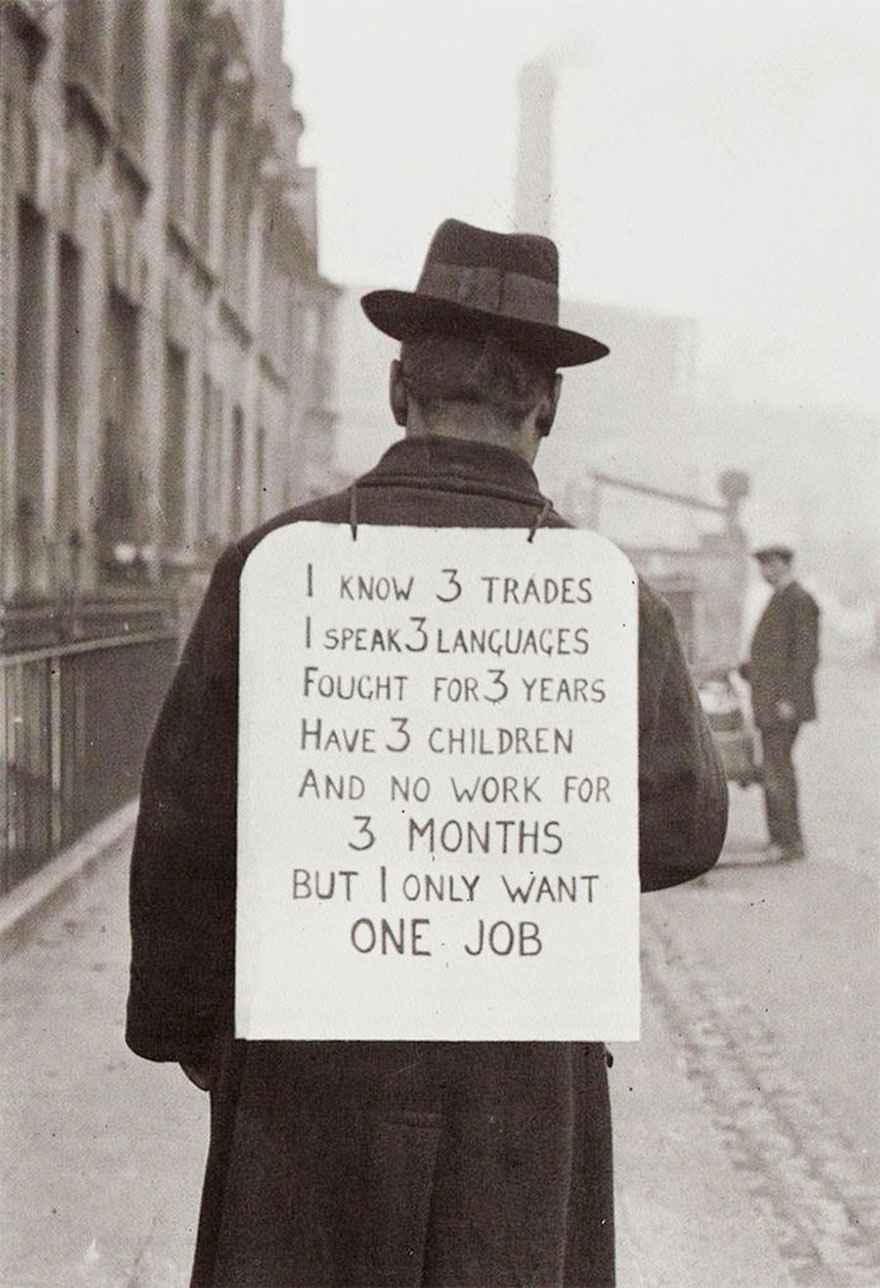
#46. First morning after Sweden changed from driving on the left side to driving on the right, 1967
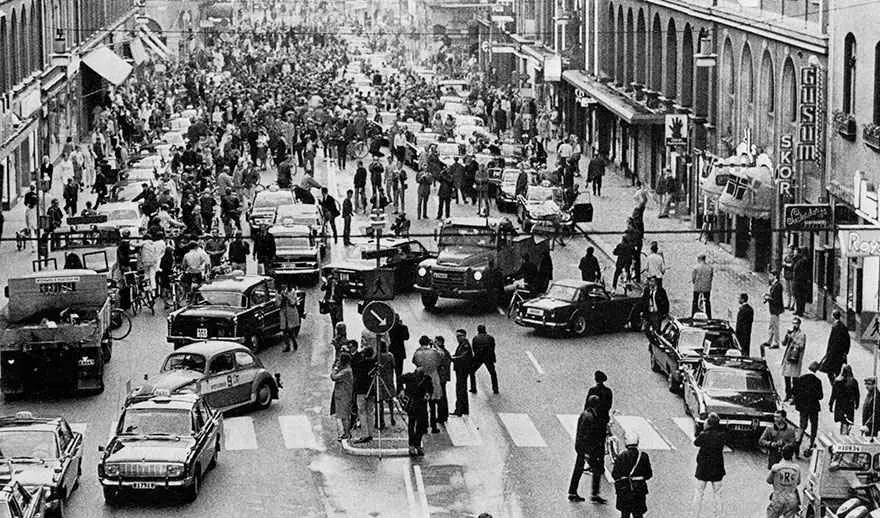
#47. Residents of West Berlin showing children to their grandparents on the Eastern side, 1961
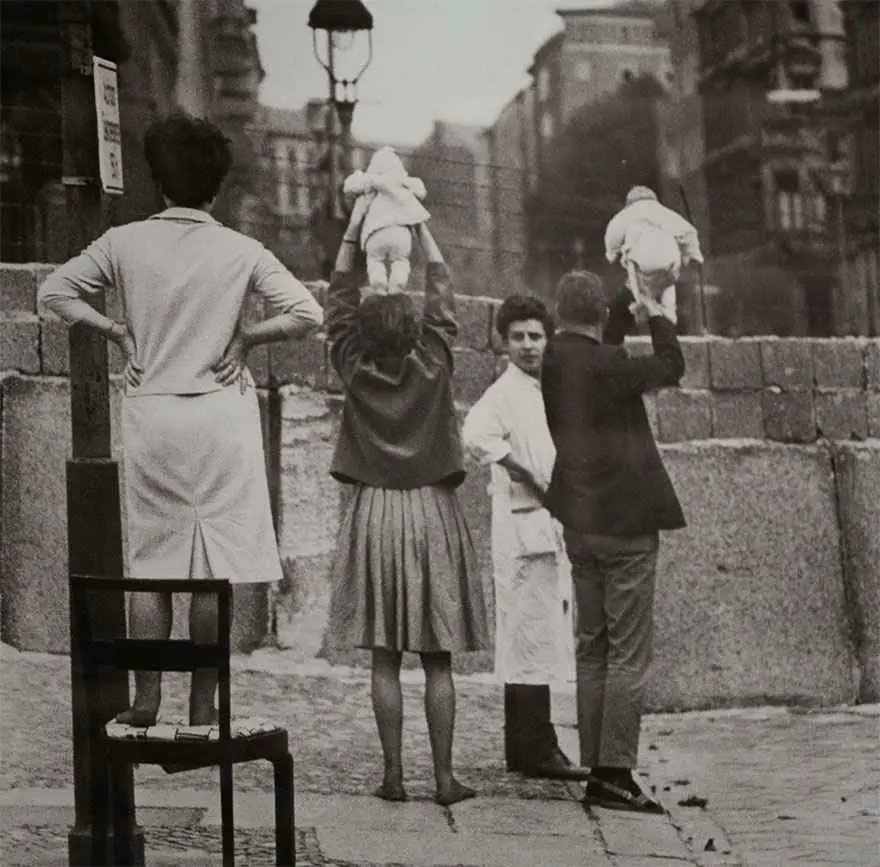
#48. Acrobats balance on top of the Empire State Building, 1934
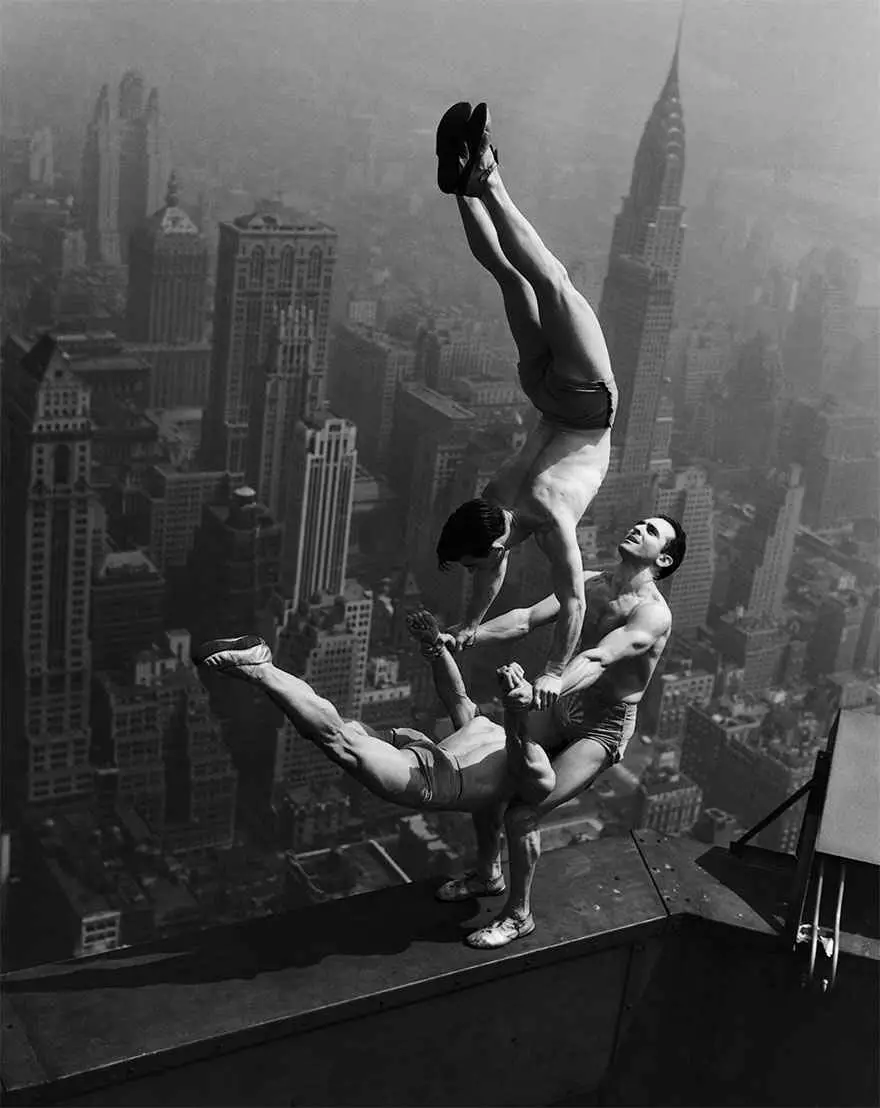
#49. The Statue of Liberty under construction in Paris in 1884
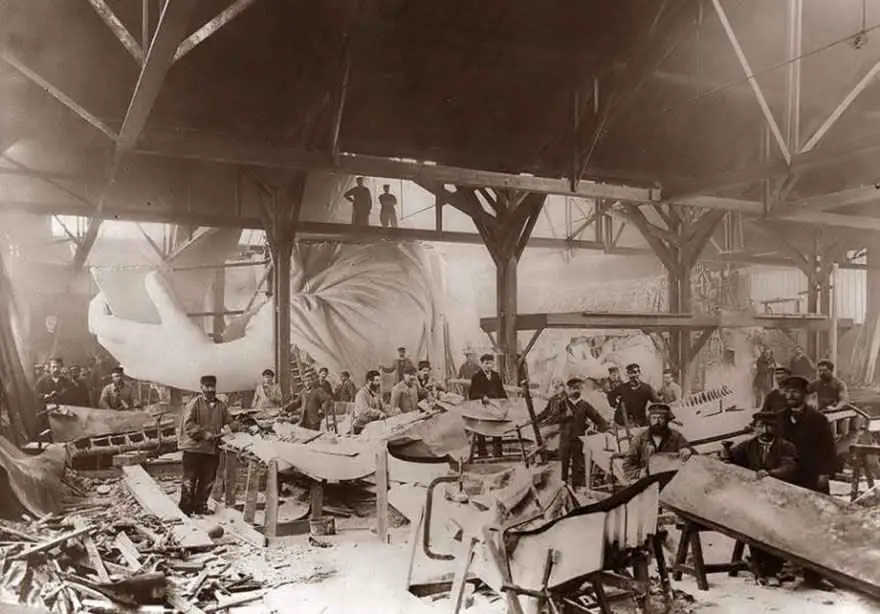
#50. A German child meeting her father, a WWII soldier, for the first time since she was one year old, 1956
